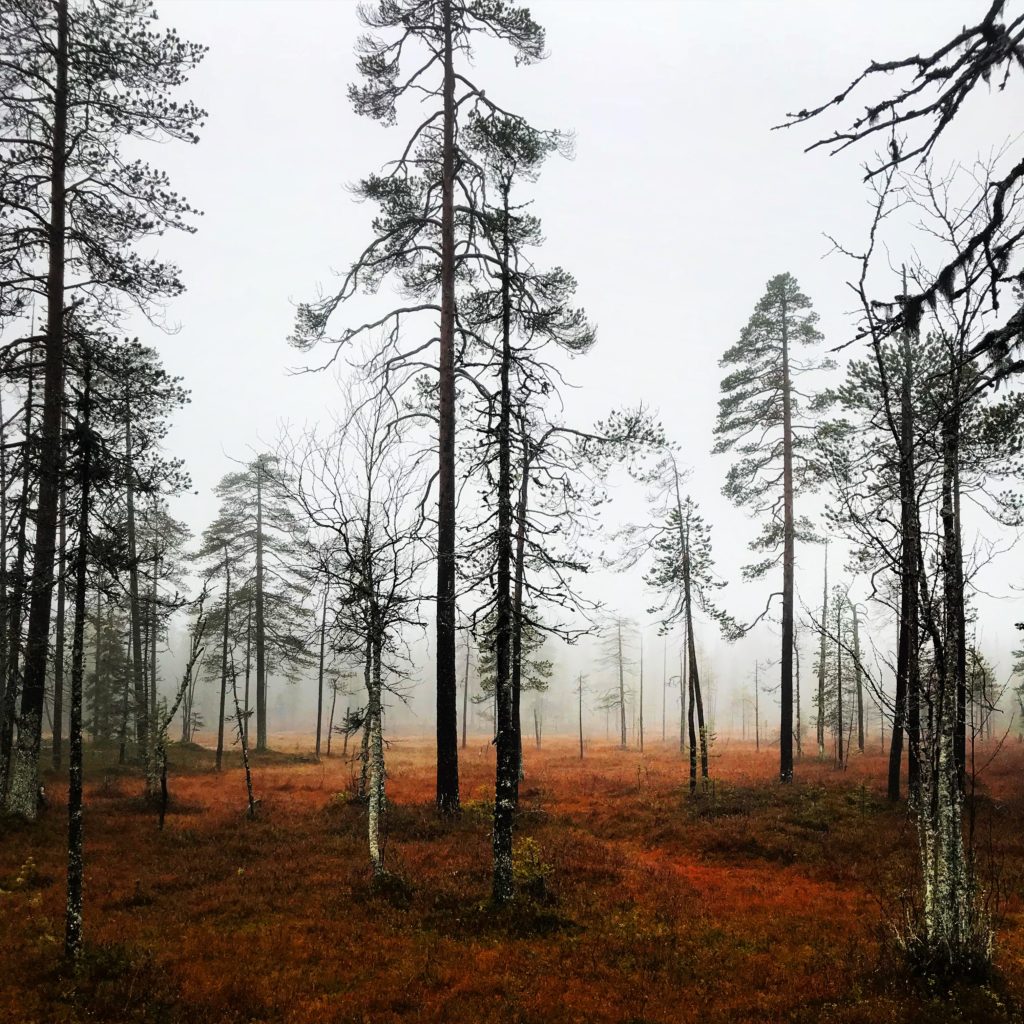
Normality needs some adjustments, of course, but we all know staying safe is always a priority, especially when traveling abroad. We in Alpland think that traveling during these uncertain times should be considered carefully, planned thoroughly, and done with respect and care towards to native people who you are planning to visit. Everybody should stay safe.
The ethical side why one needs to travel should not only to be done by securing the travel industry to bloom. Traveling should bring more benefits for all participants, travelers and traveling experience providers, than problems and negative effects, both locally and globally. We want to push you to consider whether to travel now or not, is it necessary and if you need to or want to, how to make the most of your trip.
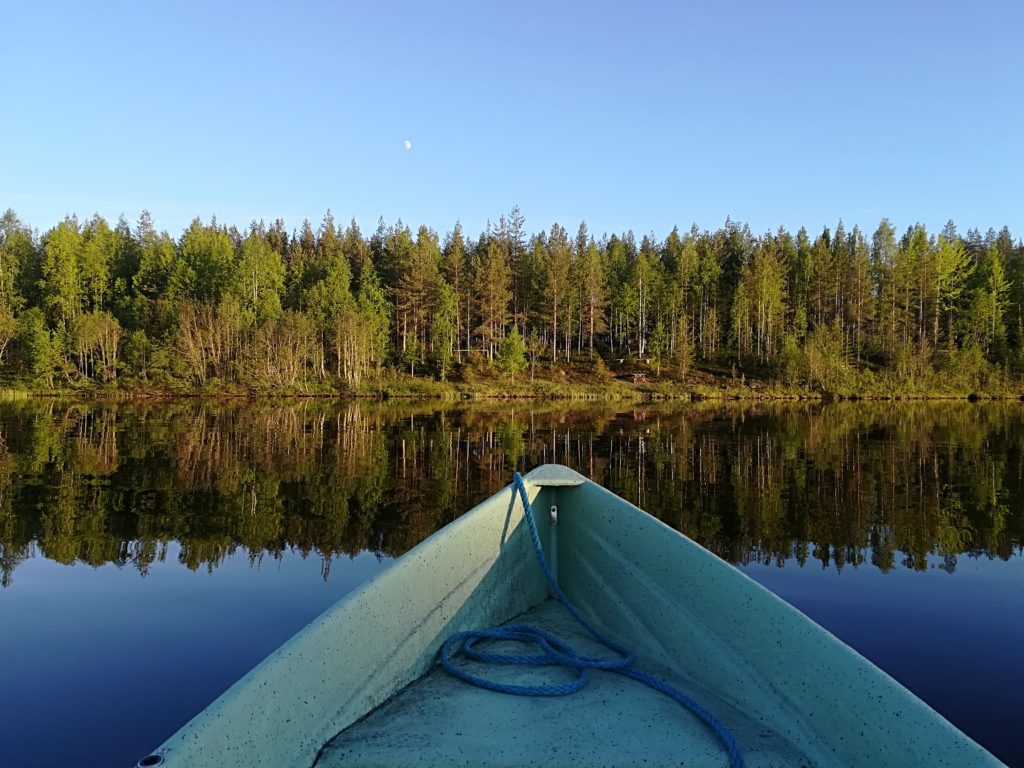
Finland has strict prevention measures to avoid the pandemic to spread. However, the country has opened its borders to several countries with low infection rates. This allows one to plan postponed holidays, for instance. We introduce you 5 reasons why you should consider Lapland as your travel destination during these unstable times. For sure, Lapland wants to welcome you but remember, be precautious, take good safety measures when moving from place A to B and do not travel if you feel unwell.
- Nature
Finnish Lapland’s best feature by far is its nature. Vast forests, watersides and fells provide endless hours of activity possibilities. Not only the forests bring peace of mind, lower stress levels and allows you to take care of your physics, it provides food in the form of fish, berries and mushrooms. If you are a camper by soul, staying outdoors is a cheap and excellent way to avoid crowds and experience the beauty of Northern wilderness.
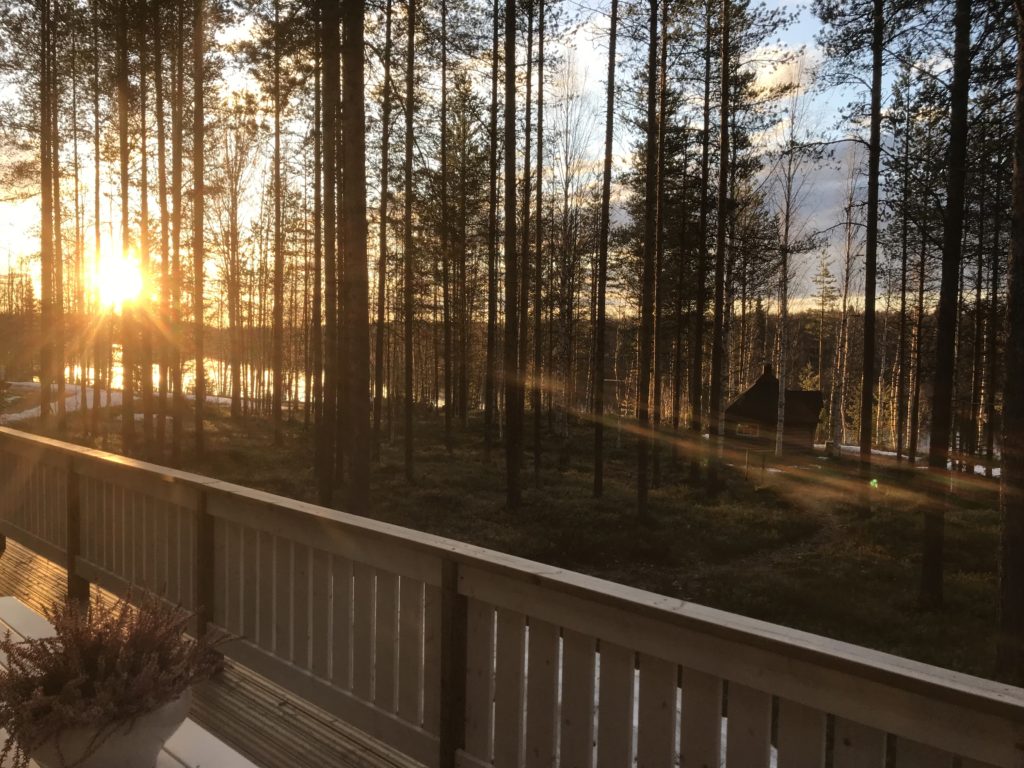
- Scarce population
If you want to consider a travel destination where it is effortless to avoid masses of people, Lapland is your choice. As we say as a joke, there are more reindeer residents than people. Lapland’s population is 1,91 people per km2 which in theory means you can walk a mile and see 2 people on the way – if you are lucky! What sounds better during these uncertain times than your own vast personal space?
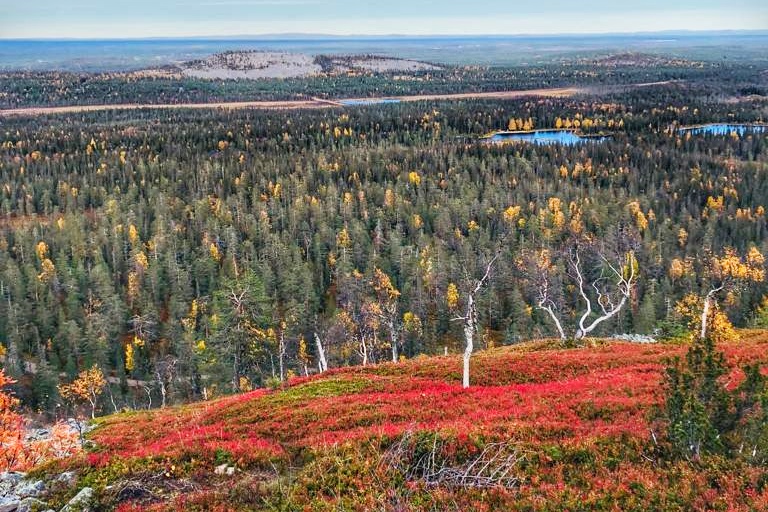
- Quiet Summer and Autumn season
What at the time seems to be the most popular time to travel to Finnish Lapland is the winter season. Summer and Autumn are stunning, flourishing and oh, so unutilized. The best Autumn season is ahead of us. Lappish ruska – Autumn foliage – is a concept well-known to every Finn, but how many of you have experienced the stunning and almost overwhelming blast of Autumn colours in Lappish wilderness? Autumn also means tons of edible goodies in the forests, such as berries and mushrooms and as well only few insects in the air compared to summer season. Crispy mornings calls one to head to nature.
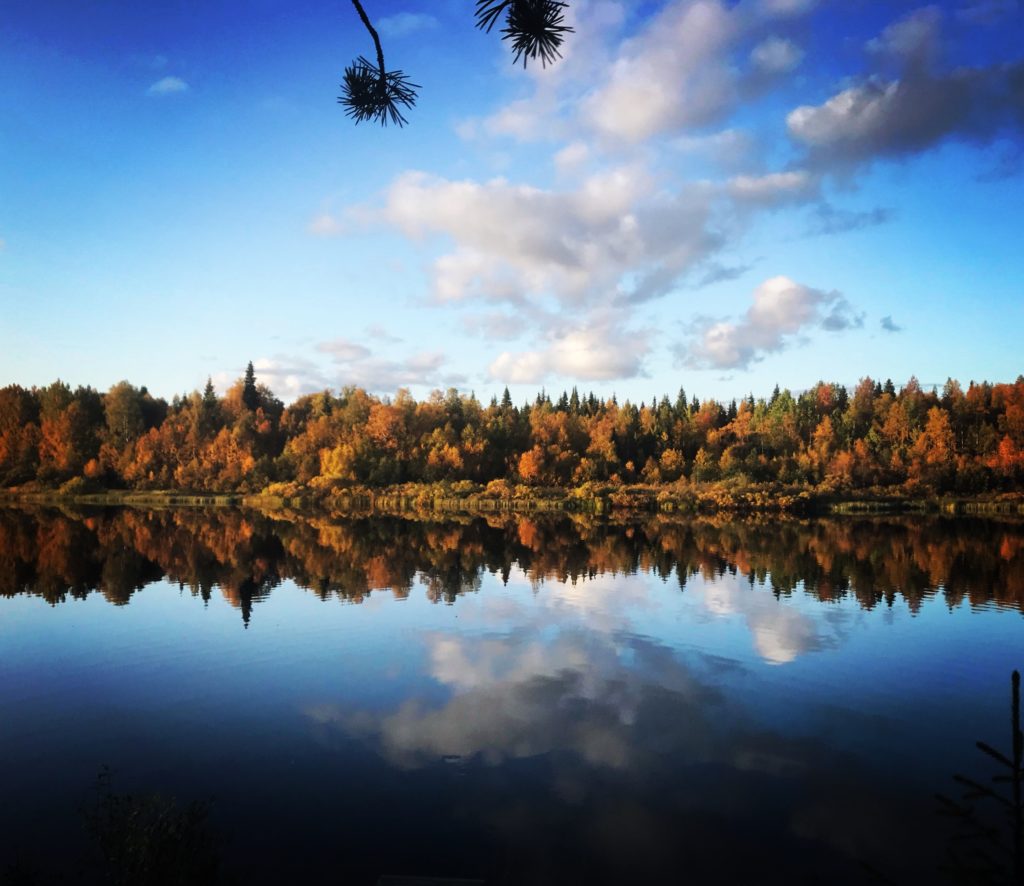
- Quality of accommodation
If you can find something properly done for tourism, it is the amount of accommodation in Lapland. During the past few years, different forms of camp sites, travel villages, single wild accommodation possibilities as well as countless of Airbnb sites have been opened. The price scale differs from luxurious 5‑star sites to cheap but super personal Airbnb bedrooms. What you can be sure of is the friendly service and safety of the accommodation throughout the whole field.
- Self-traveling along with a local guide is easy…
…and a true bang for your buck! Mass tourism as a concept could be already as historical as landline phones but in our minds tailored travel experiences for small groups have already been the best thing that could happen to travel industry. We have been doing it even before covid-19 happened? Why so? Local guides can show you the hidden treasures of the destination, they make your travel experience more secure and you can avoid unknown groups of people by a nice service package. They listen to you and for sure, they make your time in the destination so worthwhile you will come back one day for sure!

It is spring in Lapland – oh yes, only now in the middle of May! — and what else could be a better time to observe around you than this season of rapid changes. For Lappish people one of the first signs of spring is that the roads appear from underneath the snow. A tiny but a promising sign of warming days! For anyone traveling around with a car, this means easier driving but mind you, quite soon after this the reindeer appear along the roads; They’ve been at the farms for the long winter and now it is time to start roaming around the wildlife for food.
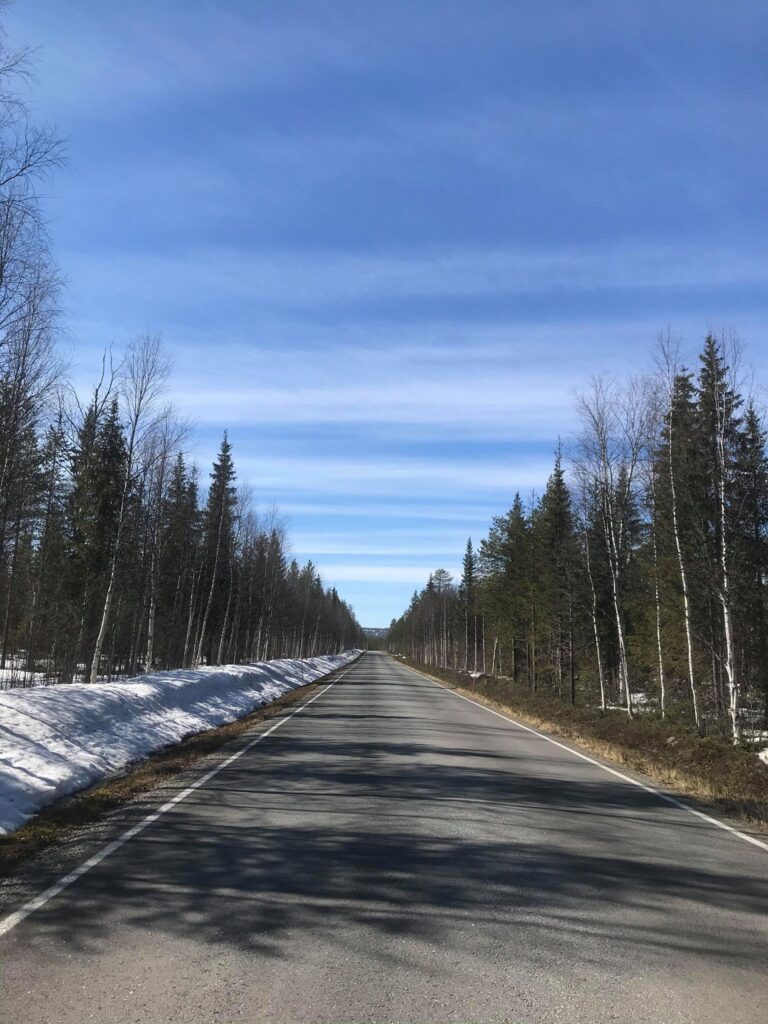 Spring has sprung. A vivid and pointing way to describe this season and how rapidly it proceeds. Perhaps spring feels like a fast-forward track of something, as we have had winter since October. To remind you, the longest recorded winter in Lapland was in 1968, when snow cover could be measured from 230 days!
Spring has sprung. A vivid and pointing way to describe this season and how rapidly it proceeds. Perhaps spring feels like a fast-forward track of something, as we have had winter since October. To remind you, the longest recorded winter in Lapland was in 1968, when snow cover could be measured from 230 days!
As we have written before, spring brings everything alive. Suddenly tens of different species of birds, insects and animals appear out of nowhere. If you live by any water, suddenly the ice cover starts to dissolve or move, and swans, ducks and many other summertime wildlife appear. In the evenings you will hear beautiful singing of swans during their mating rituals or defending territorial dominance.
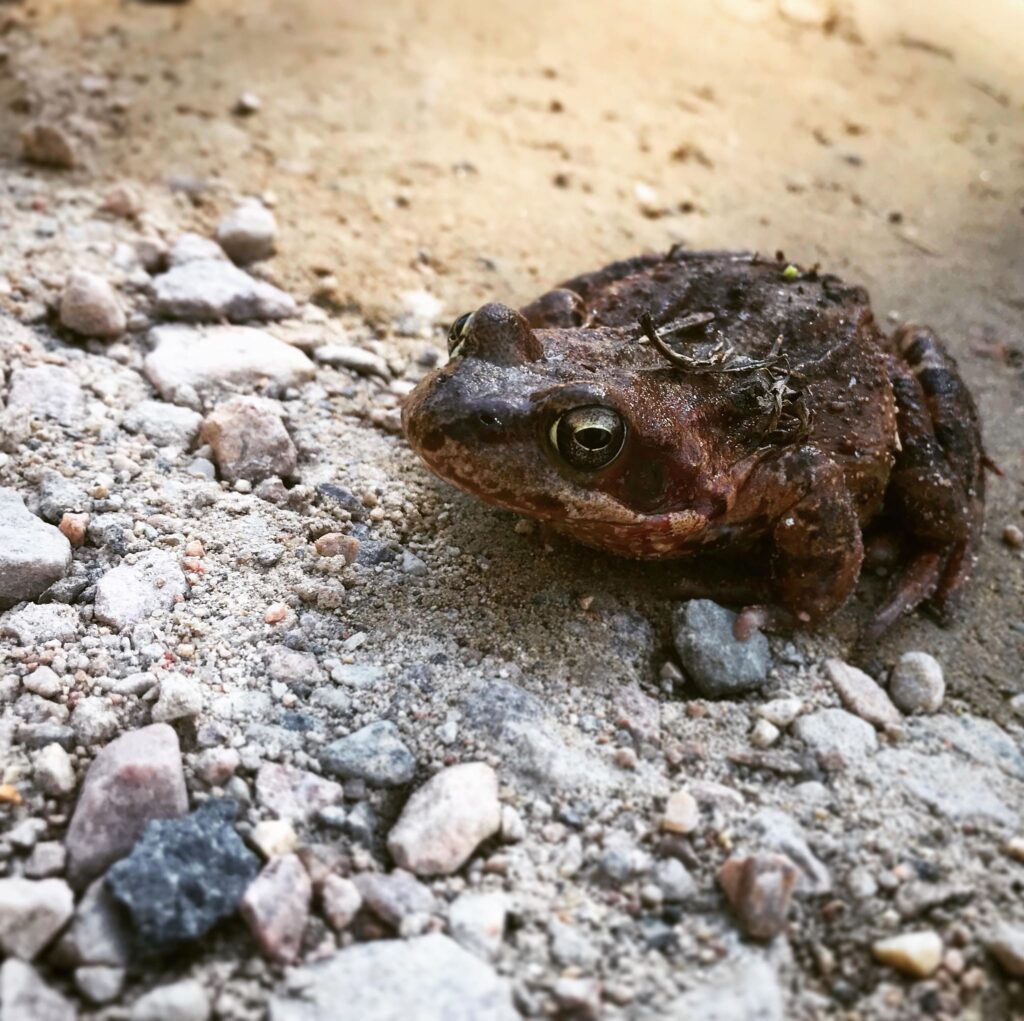
Before electricity, spring was difficult time for Lappish people to preserve food. It was not cold enough anymore to keep food frozen, but nothing would grow, as the ground was still frozen. For many Lappish people spring meant harvesting in one definition: the reindeer. During spring, the reindeer will be gathered and some of them butchered, as in the old days. Spring weather could give one optimal option for food preservation, and that is air-drying the meat. When the days are warm whilst night temperatures are below zero, strips of meat dry outside in two weeks. This Lappish delicacy is still done in many homes and sold – for example – as a perfect snack for long hikes.
What’s more, spring is on and this can be noticed by prolonged daytime. We are already past the point where in the northernmost part of Lapland the sun doesn’t set anymore before the end of summer. Spring nights are full of light, as the late snow coverage reflects the increasing amount of sunlight. If you travel to Lapland during this time and haven’t used to nightless nights, remember to take a sleep mask along with you!

Midnight sun during spring
Later during the spring, nature starts to provide you with still edible and frozen cranberries from swamps and delicious morels. Many sprouts are now delicious and edible straight from the ground; have you tried Finnish fireweed or nettle as a side to your meal?
Spring is stunning and full of changes, promises of upcoming summer and time for renewal. Perhaps it is a clear sign that even these worrying times are changing, now that everything in nature is turning into something else.


Something big is happening. There is undoubtedly news about the on-going Covid-19 pandemic in every single World’s media right now. Countries around the globe are reacting to this threat one by one as the virus moves forward.
Suddenly everyday life has become very strict and routined on micro level, whereas on macro level, globally, everything escalates and transforms daily. Everything is stable and still so unstable.
Travel has faced its biggest transformation since innovating motor vehicles. Flights are being cancelled, borders are closed, everywhere has become dangerous. Literally, the whole World cancelled tourism; fair enough to note traveling still takes place as people need to move around, locally at least. What does this all mean for tourism in general? We all know especially short-term losses, as economical losses but how about long-term benefits? Can there be a silver lining to all of this horrifying virus terror?

Travel industry has been noted as the 2nd most polluting industry in the World. As the World has opened up for work and leisure travel and made easy by ie. low-cost airlines, an ecological catastrophe has been creeping closer and closer underneath our noses.
Now that the flights, leisure trips and most of public transport has been cancelled (not to forget a huge drop in private driving), Earth seems to be breathing again. Air has cleared in big cities and waters have become clean in some rivers and seasides. Wildlife has started moving ”abnormally” close to humans.
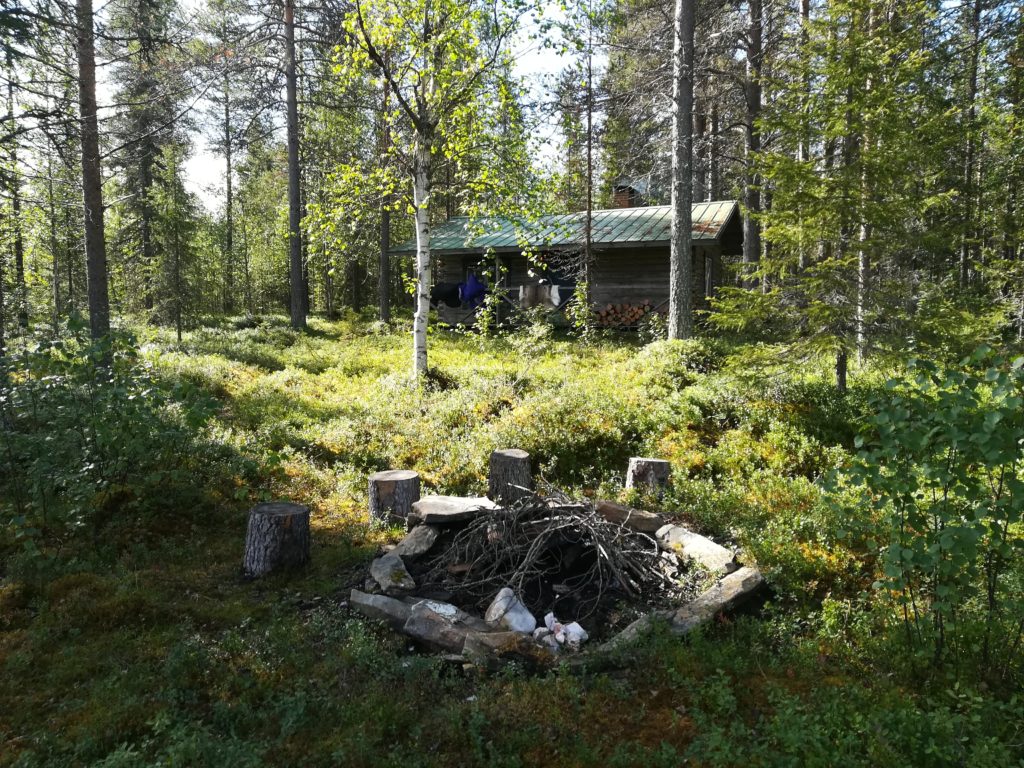
Travel industry has for long been between the stone and hammer about ecological issues, and now that the volume of trips have dropped to minimum, we might gain back something that could have been otherwise lost. Environmental battle is still on between egoism and what the World needs, but for now it is an excellent time for fragile nature to breathe. Perhaps the current boom of working from home makes you consider the need of flying out for meetings in the future?
As you might be staying at home with your loved ones a lot more than usually, perhaps you appreciate the time together in longer run. A family holiday becomes something worth planning as time starts to disappear for hectic everyday life errands. Maybe you could consider a domestic holiday instead of flying afar, saving time with your family, money and the environment?

We strongly believe that some things are meant to change. What we hope will change in tourism is that people would seek native experiences instead of bucket list resorts. Many small entrepreneurs offer wonderful local services that won’t fall even if the biggest corporations would. This is possible because these people live on what they give to offer. Their lives won’t stop and change if the tourists disappear.
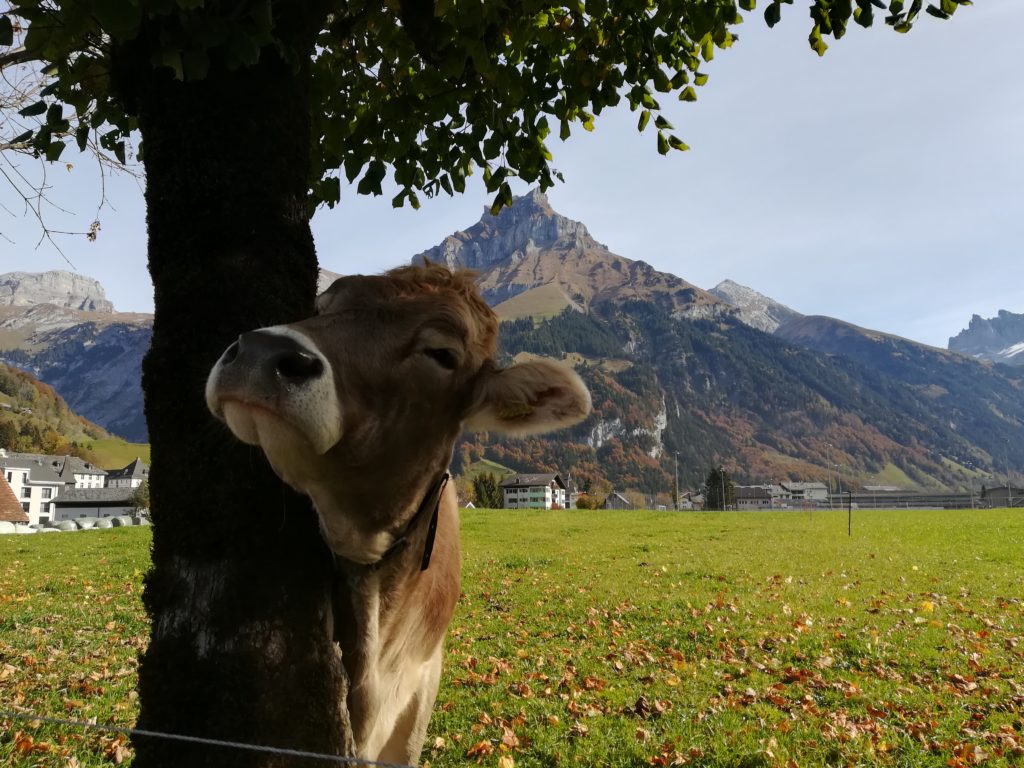
What even more, we think people might remember for a while that traveling and being able to visit new places is something worth appreciating. On even bigger scale than only related to tourism, one’s health, freedom to travel, and closeness to family and friends should not be taken as granted. This pandemic reminds us to enjoy more simplistic things in life.
As we speak, thousands of health industry workers are fighting together, risking their own health to save lives. We want to remind you that please, stay home and give these extraordinary and brave people less worry. The time for traveling is not now, but when it again dawns, let’s make it responsibly towards each other and the nature around us.
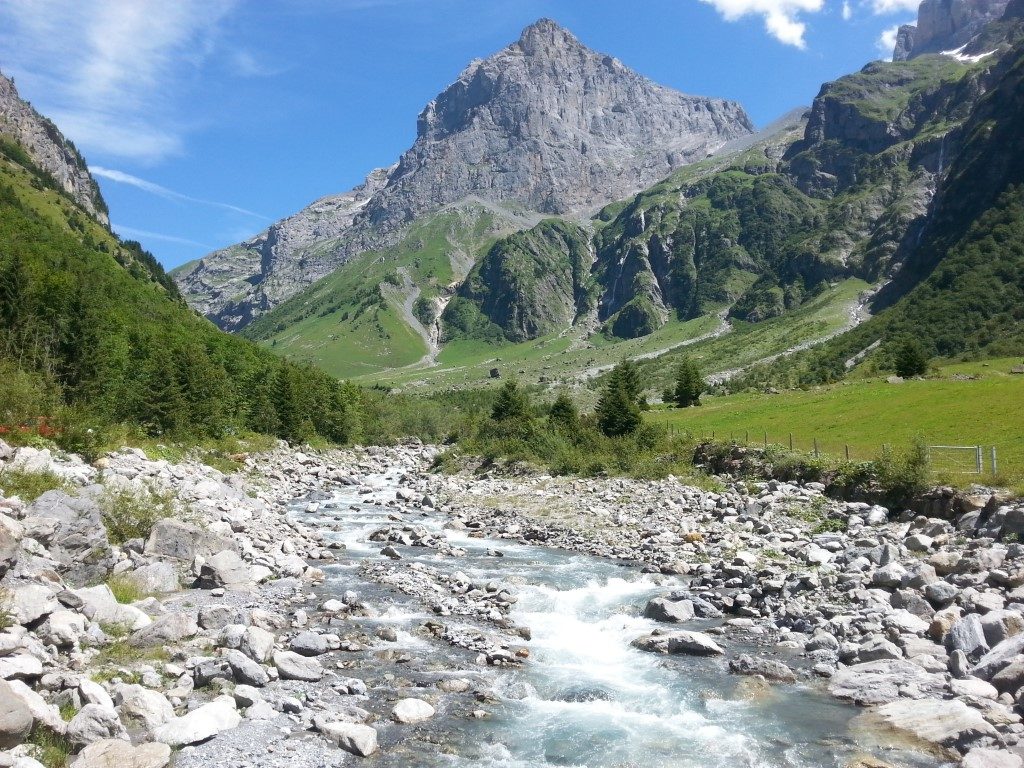
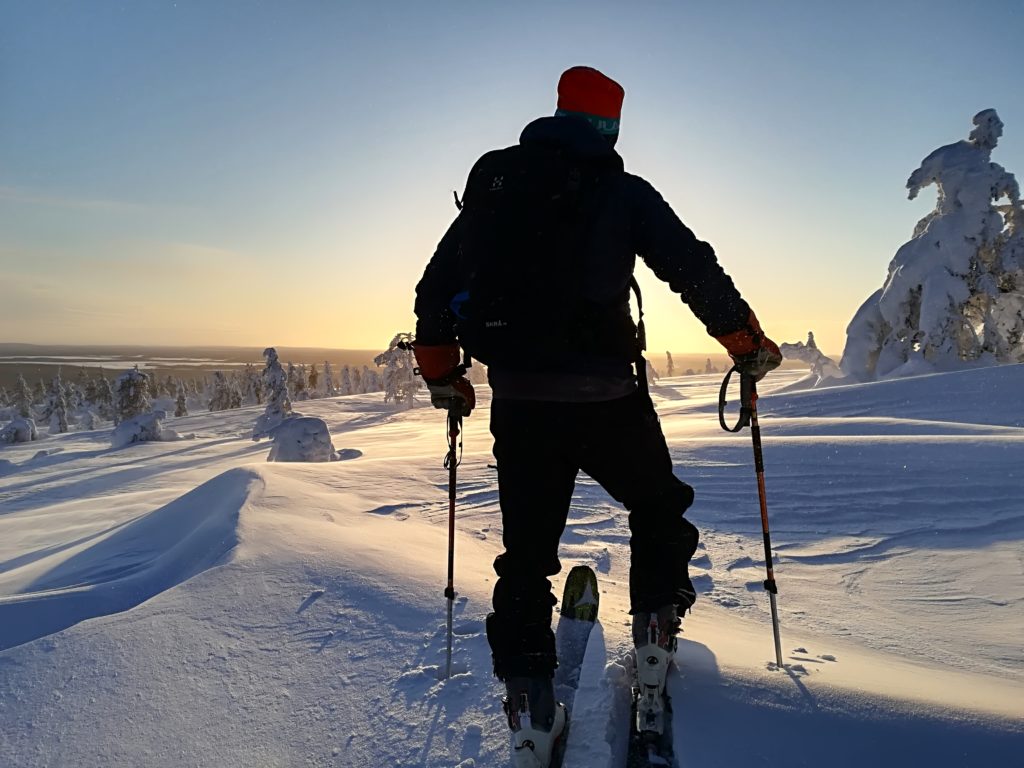
There is a saying in Finnish that goes “the years are not brothers”. This means, seasons vary. Last winter snow came very late to Finnish Lapland. It was almost Christmas before the ground was covered with a layer of white powdery snow. This year winter arrived already in October and Lappish people are facing a record amount of whiteness. For sure, years are not brothers.
Perhaps you did not know but Finnish people have a special relationship with winters and snow. We already wrote earlier about snow and how it affects Finnish everyday life but let’s dig deeper. We need to dig deep indeed, as the amount of snow is almost double compared to “normal” winters.

The deepest snow coverage in whole Finland was recorded in Kilpisjärvi, Lapland during April 1997. It was 190cm. Finnish people are used to do the snow work from their yards before leaving to work, but for example this winter there is so much snow that it is almost impossible to move it aside. Central Lapland has already 120cm of snow and here are a few interesting aspects how it is changing Finnish daily life.
A thick snow coverage in the ground also means heavy weights for homes and other buildings. 1 square meter of snow equals more than 200 kilograms. This could mean tons of snow on one roof, literally! There is a serious threat for larger buildings to have structural damage if the snow is not manually dropped from the roof. Not only buildings become dangerous, but roads as well; a ploughed sidewall of snow makes the visibility poorly for drivers and many accidents are being avoided by making the sides of the road lower during the winter. And yes, this is also done manually.
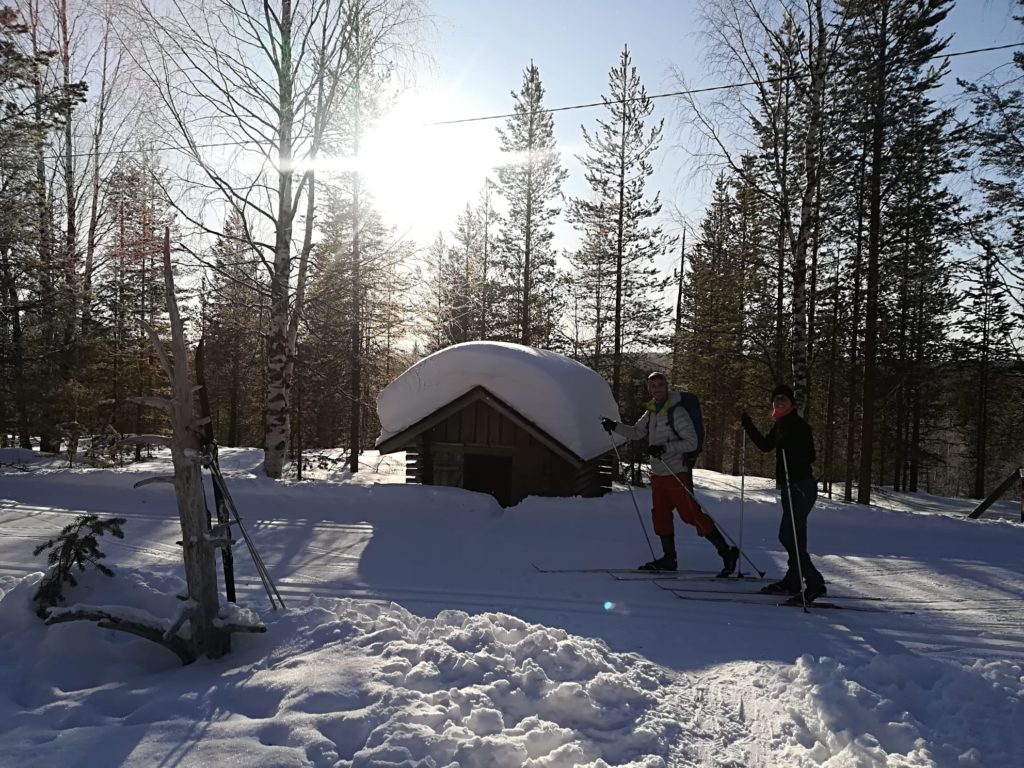
Lappish animals are coping with varying winters but for some species thick snow coverage makes living hard. Reindeer can dig its way to the food, lichen and moss but if the temperatures vary, snow becomes layered with icy crusts on the way to the bottom. This means no food for the reindeer. Naturally, moving becomes harder for any short-legged species. Some animals have evolved to have special paws to make it easier to stay atop of snow, for example hares.
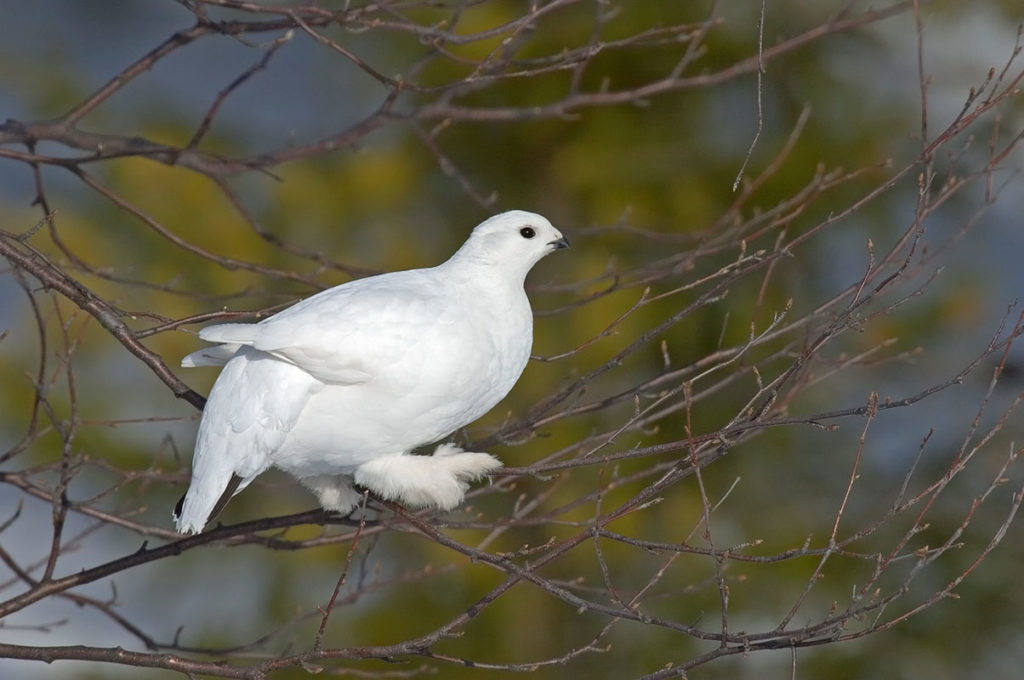
A snow grouse during winter
As snow becomes dangerous in certain situations, it can also make a perfect cover and mean surviving for some. Certain animals and birds change their fur for winter and become almost invisible to spot. Take a snow grouse, for example. It is brown during summers and beautifully white during winters. What’s even more, these birds dive into soft snow to make a nest for nights, especially during cold nights. A thick layer of snow becomes a great insulation to keep the cold away. Igloos, they really work!
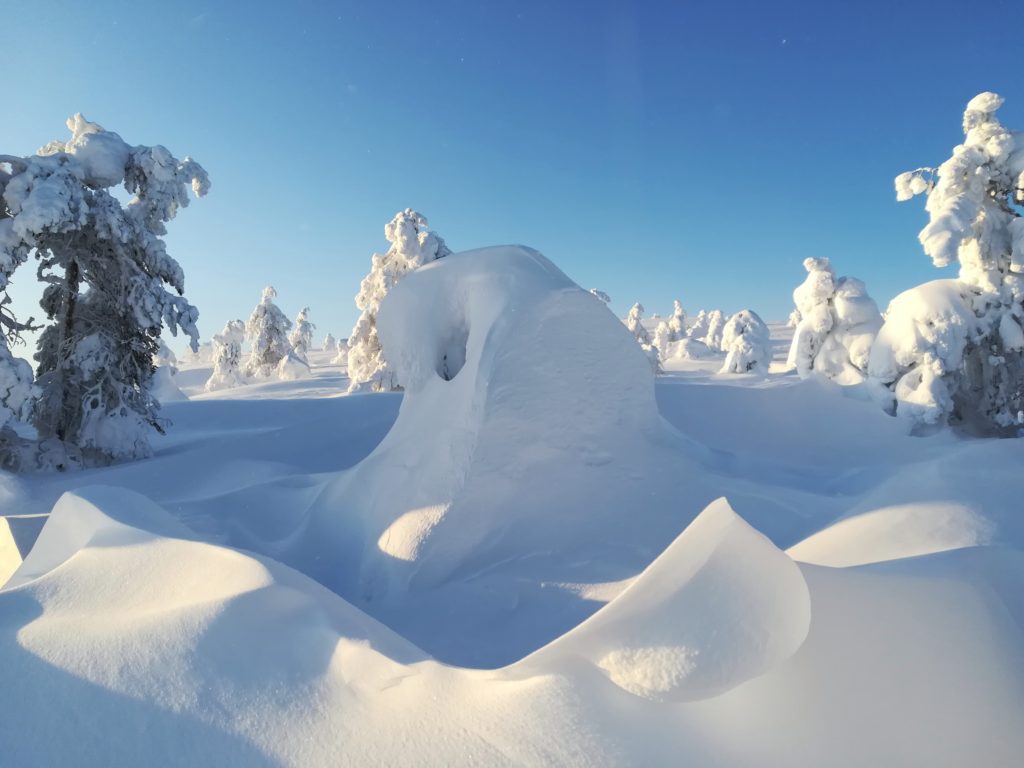
Snow is also fun. For sure, if you come to Finnish Lapland, you need to try Finnish traditional sports, cross-country skiing. Snowshoes, downhill skiing, ice skating, all this is of course an option, as long as you dress accordingly. A rule-of-thumb is that when there is snow, it is cold. Exception to this are long and beautiful spring days, when Finnish people go out and about in their t‑shirt, even if there is snow on the ground. It is not untypical that you can still find snow from the nature during June.
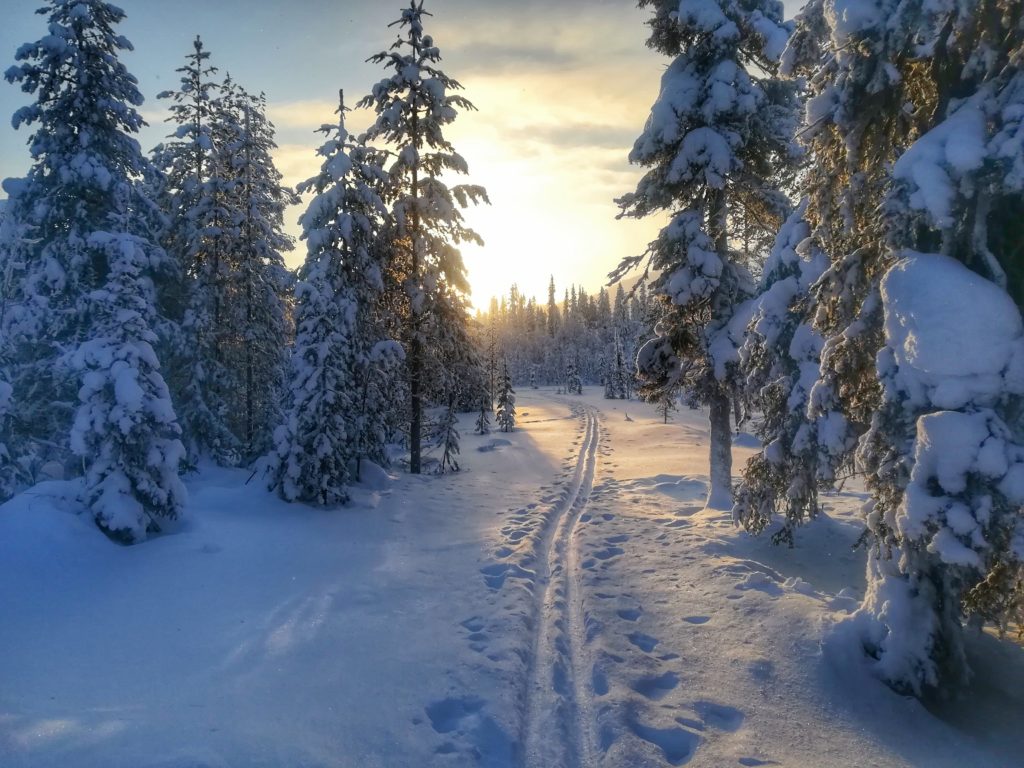
All there is to say is let it snow, let it snow, let it snow! We love long winters and hopefully we can experience the best parts of it with you.
]]>
2010s was a radical wake-up call for the World. We started facing worrying signs of changing climate, hazardous peaking of extreme weather conditions and thus, too many lost opportunities, homes and even lives. Too cold old too warm, too much rain or too little. The overall ecosystem is aching, and it is showing.
Traveling has a huge carbon footprint on this delicate ecosystem. As we know that flying or tourism can’t be thoroughly cancelled as they are a needed part of global economy, there are ways we can act and choose. ‘Thinking globally, acting locally’ shouldn’t only be pretty words but put into action.
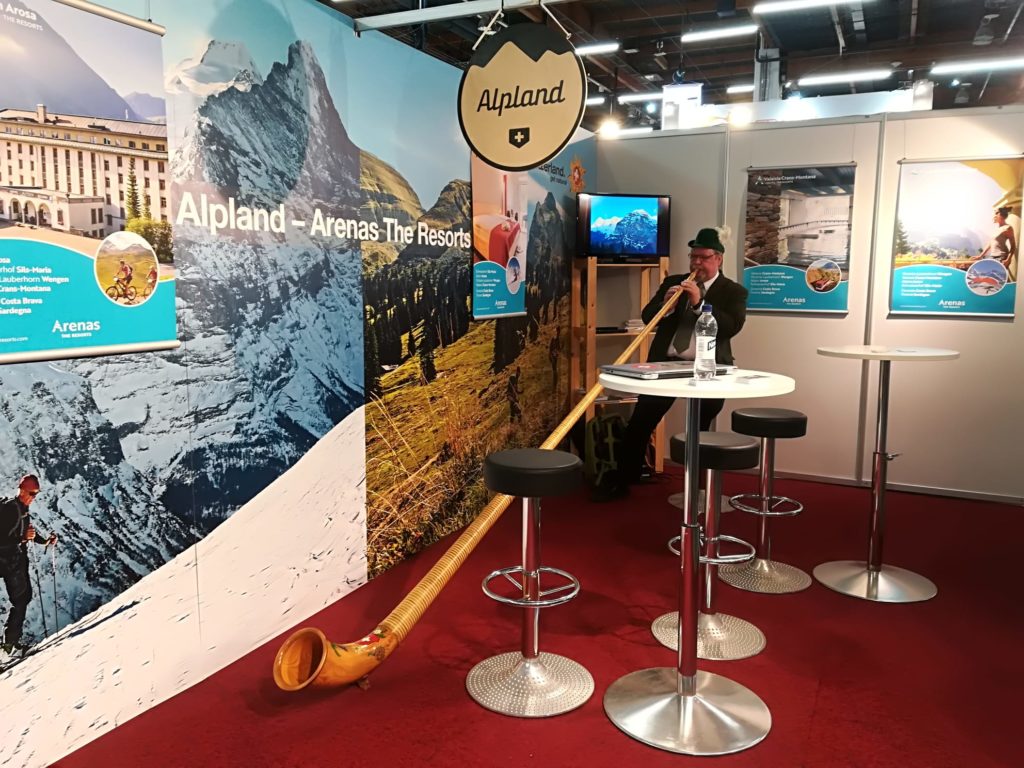
Last week Alpland attended Matka Travel Fair in Helsinki. We were happy and proud to promote both Switzerland and Finnish Lapland as your potential holiday destinations at the fair stand, featuring a real alpine horn and fresh Swiss cheese. As we acknowledge the World’s need of more sustainable travel actions, we promoted tours that are unique, build to be sustainable and detailed with our personal service. How this is done?
Uniqueness comes from local knowledge.
Sustainability comes from locality.
Locality allows us to serve you personally.
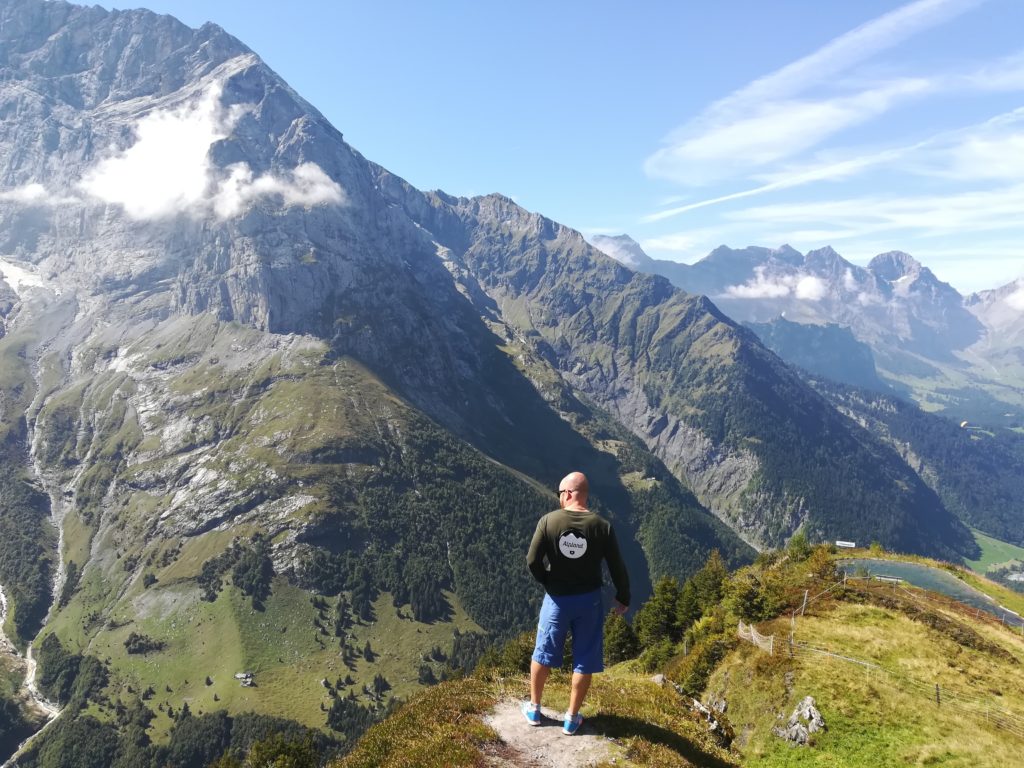
Alpland’s mission is to offer you unique travel experiences. We want to listen to you, learn your travel aspirations and build a detailed travel itinerary from this knowledge. Alpland’s roots are from both these locations, Finland and Switzerland. Therefore, we have a solid background for building an itinerary that is based on locality. We won’t use Google to go through options for accommodation or activities – we know all the options by heart as we have visited them personally and got to know the people running these places.
This local knowledge is also a factor that builds up the sustainable side of our travel experiences. There is no need to travel afar, if you can find beautiful and aspiring places within short reach. Having lived in Lapland and Switzerland where we will take you allows us to show you the best sides from both countries. Mass tourism won’t reach the tiniest, coziest places nor the ones that require a bit of effort to reach.
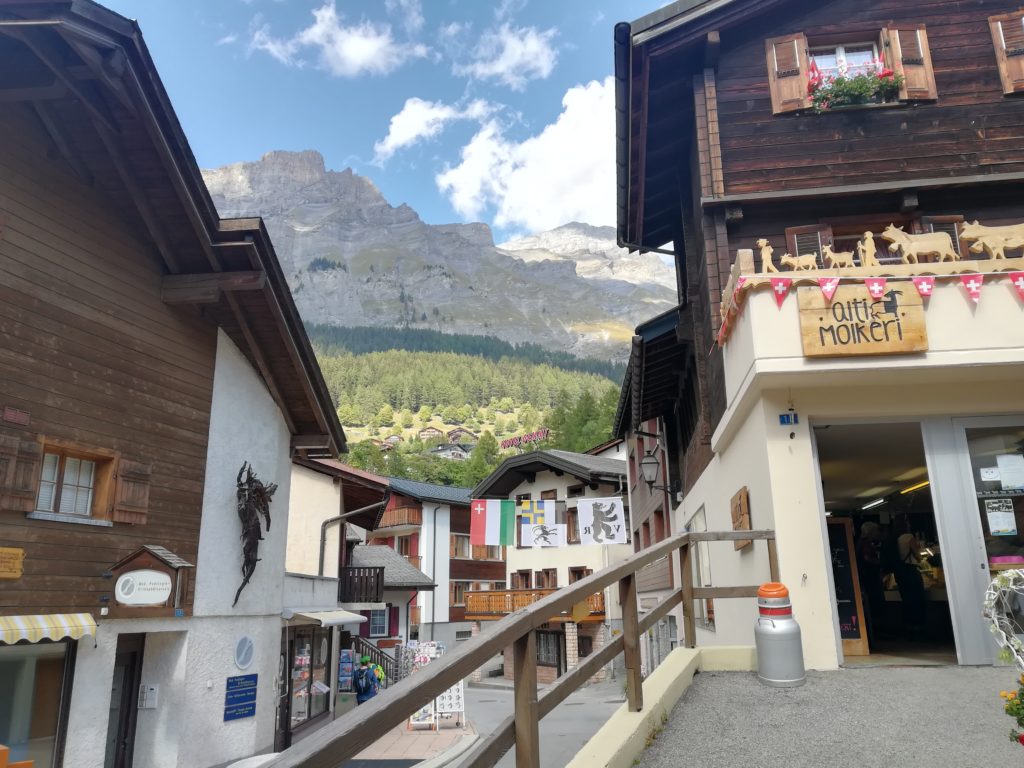
Locality is the key for personal service. We are not using any paid services because we attend along your travel if you wish. The beauty of safe, convenient and trouble-free traveling for you is secured by us in advance and on the way. Whilst travelling, we will give you space if you wish for it and security if you need it.
We believe in these values and that traveling can be done in a way that supports local lifestyle and tailored experiences. Why won’t you hop along with us to experience it too?
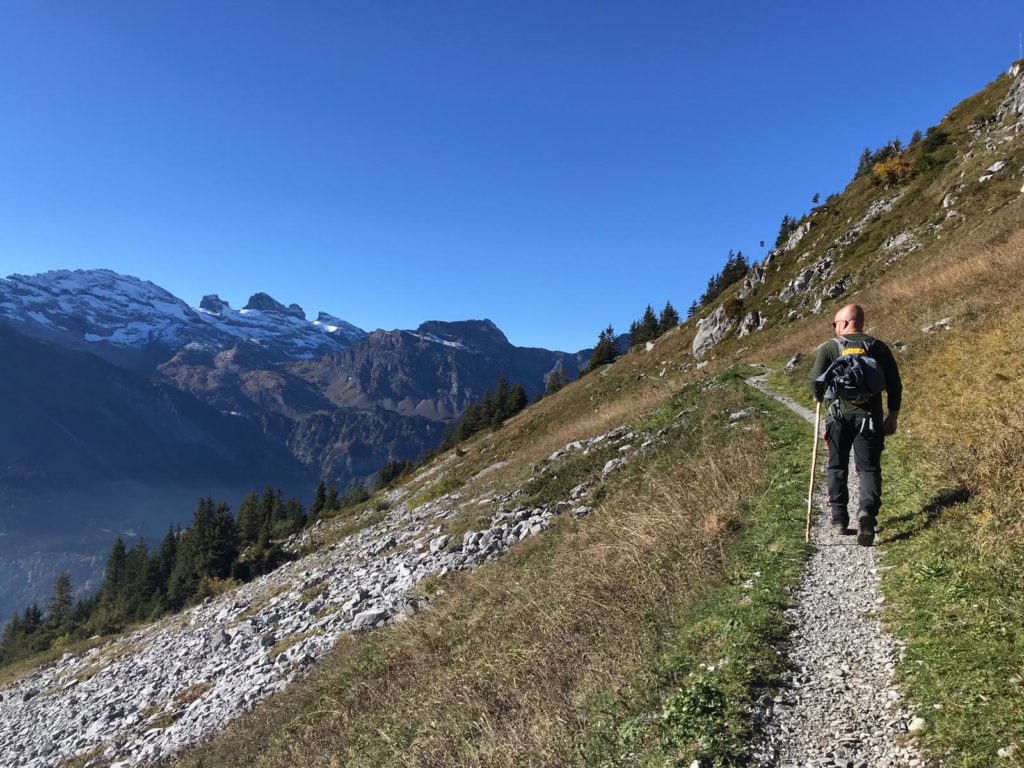
Without any further words, we want to share with you the most stunning photos we have gathered from both Switzerland and Lapland during this year. They speak more than those classic thousand words. Have a look and have a moment, would you like to experience this all with us some day.
Happy New Year everyone!
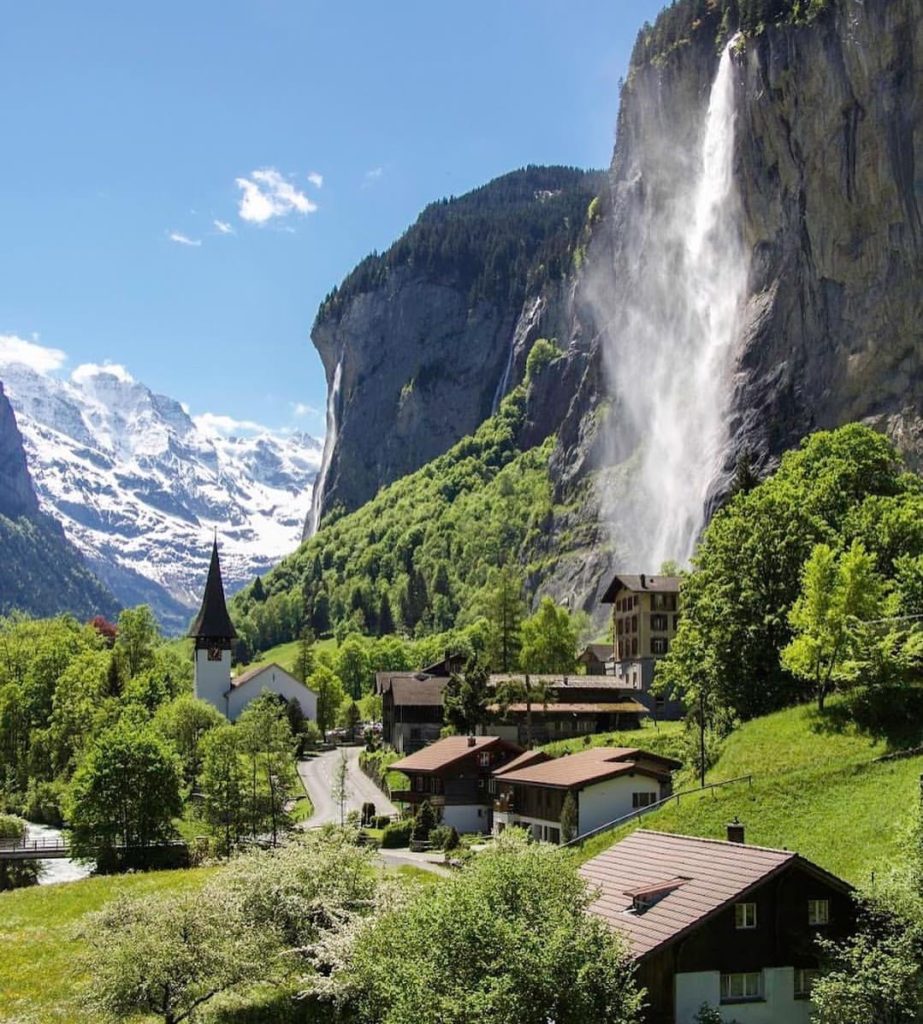

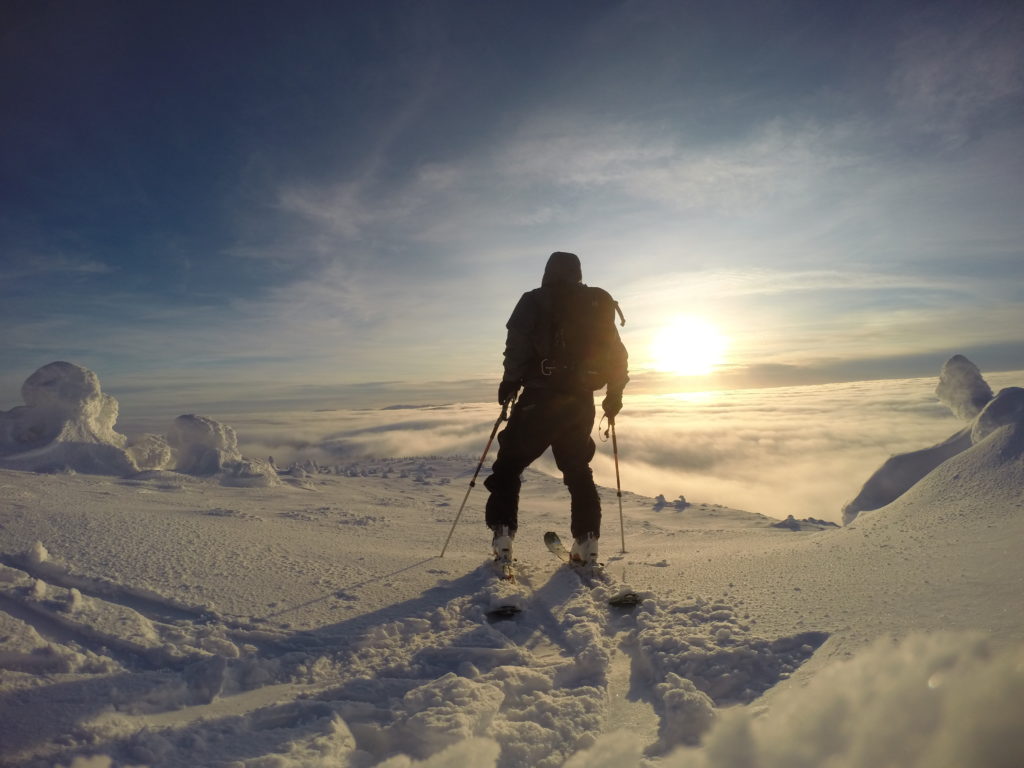
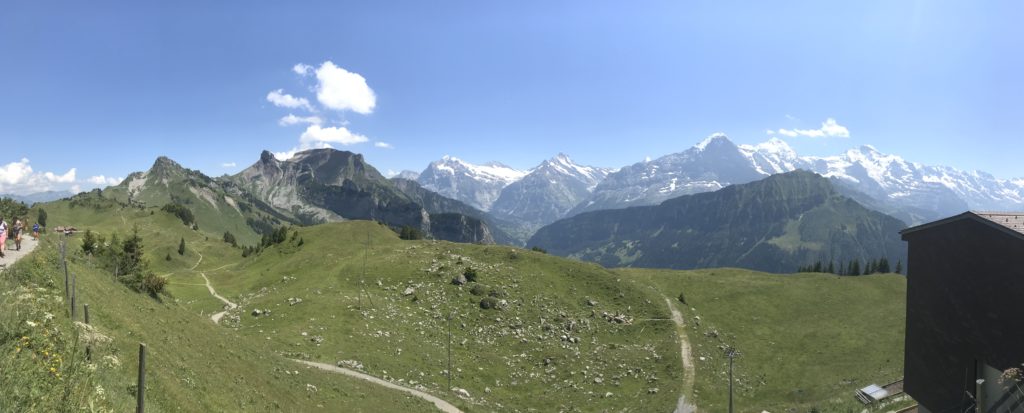


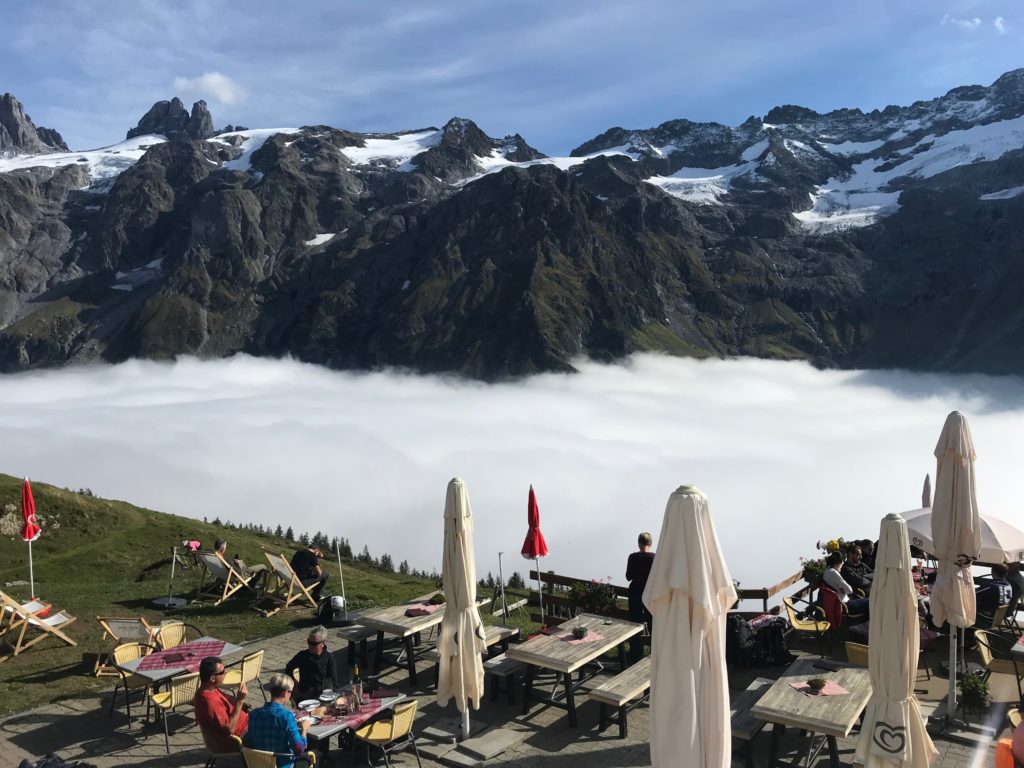

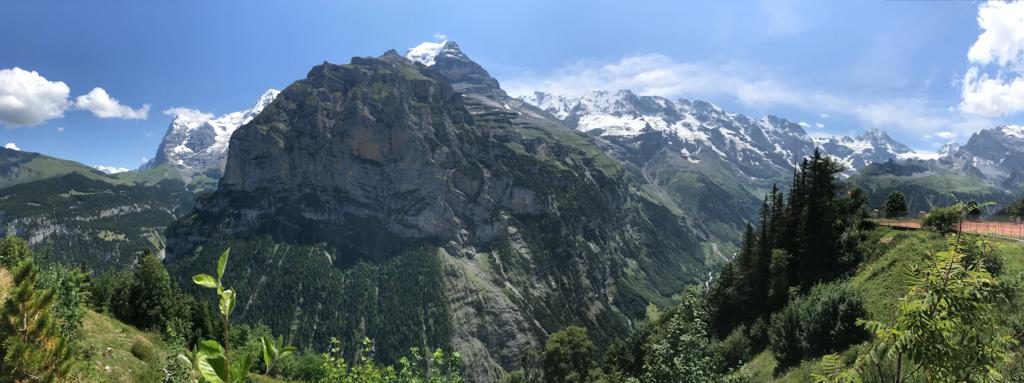
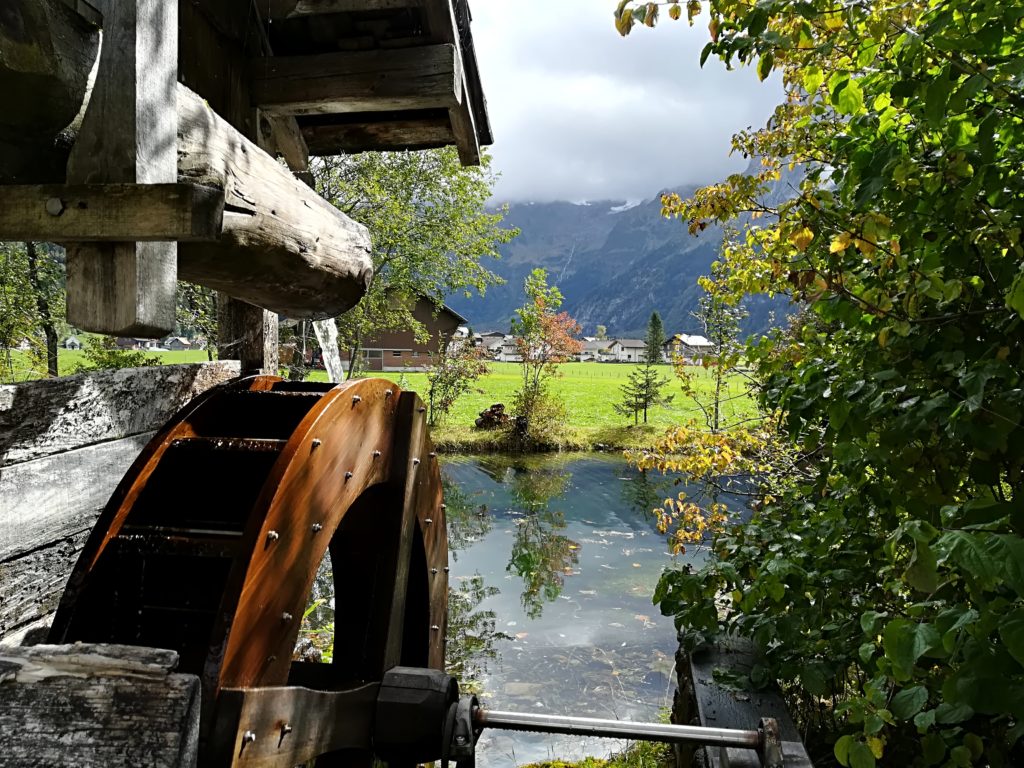
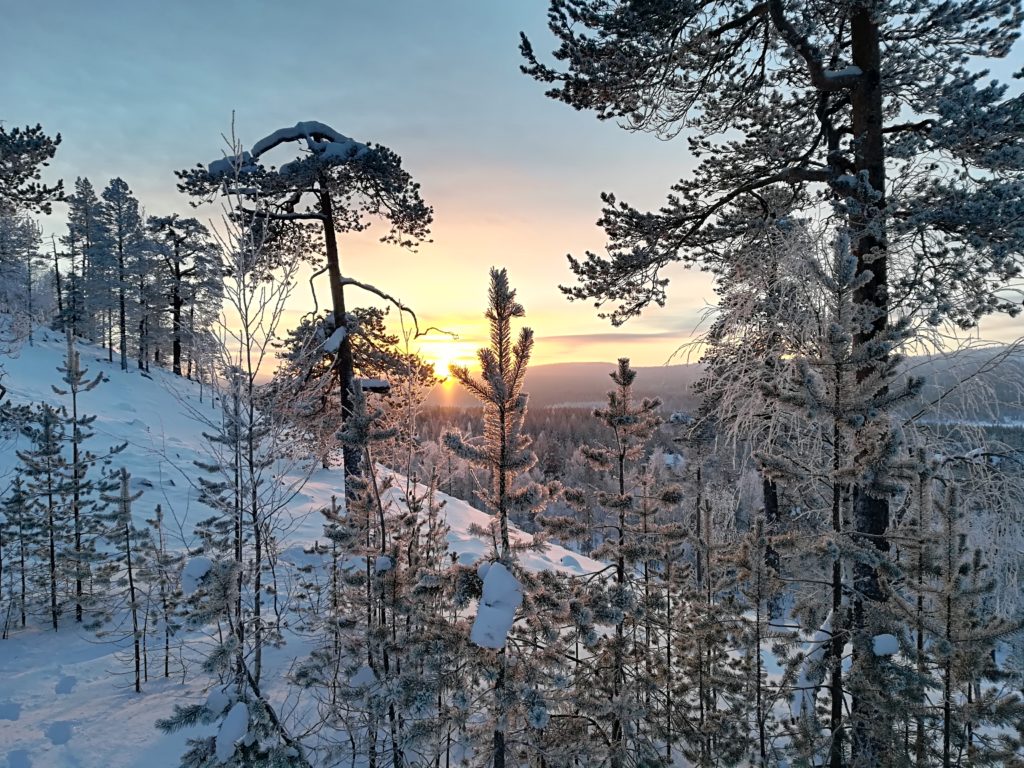

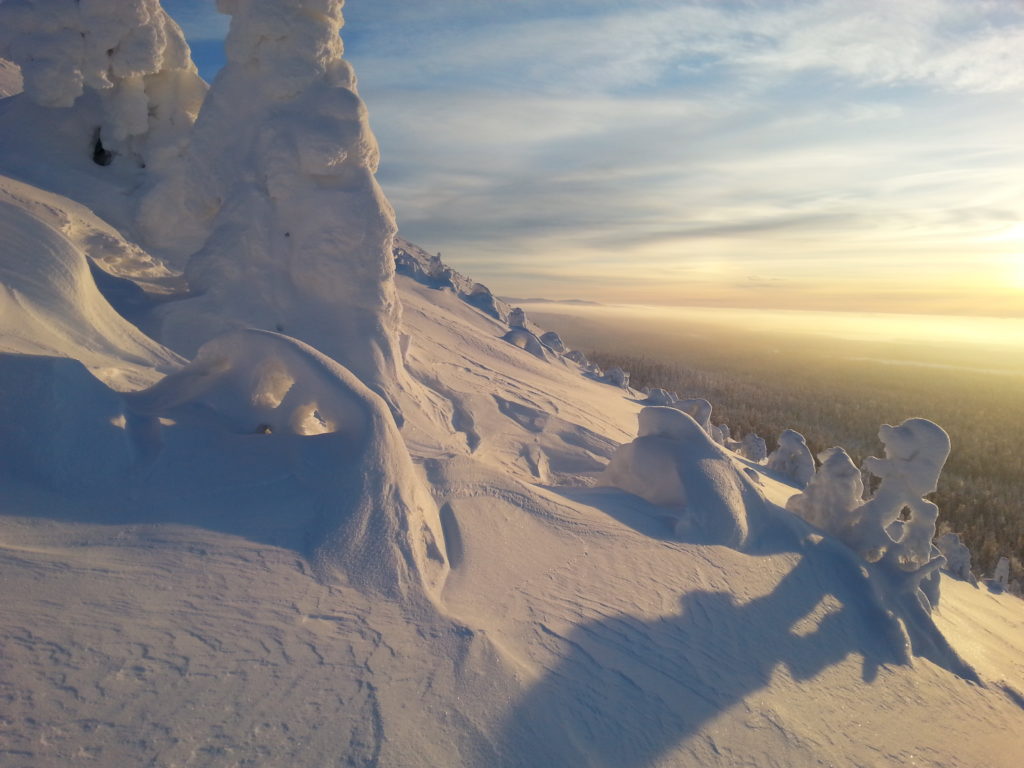
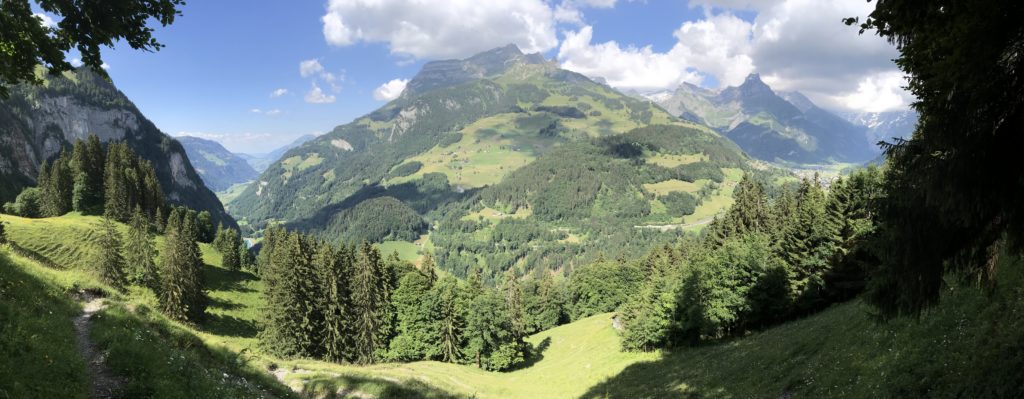

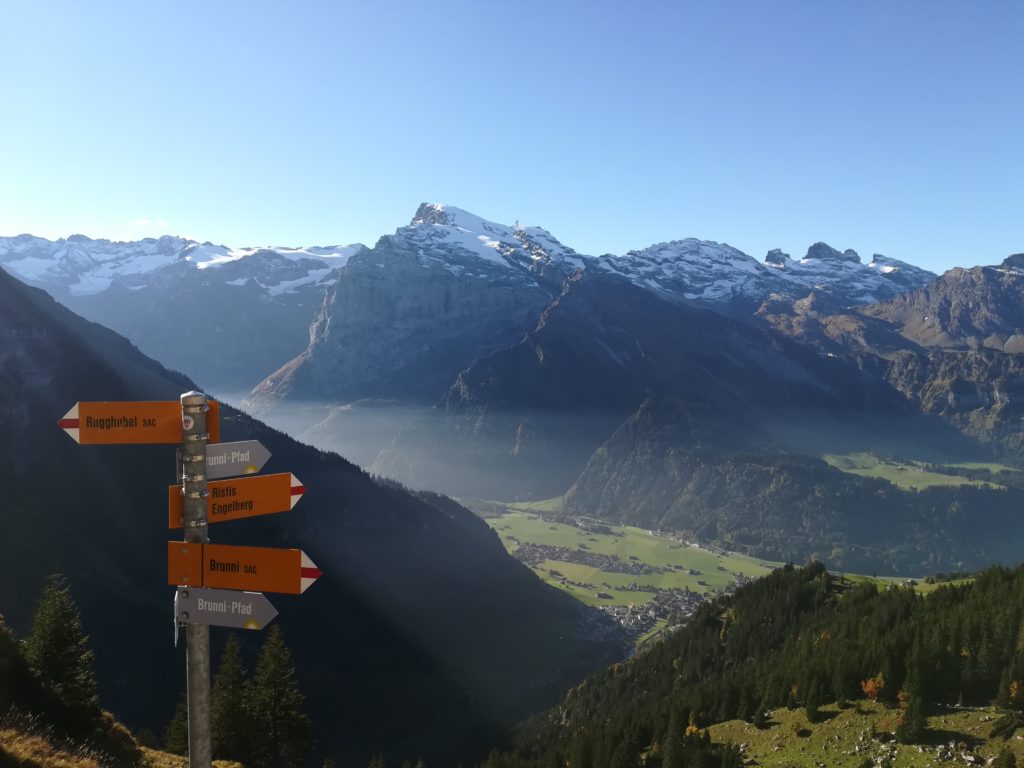
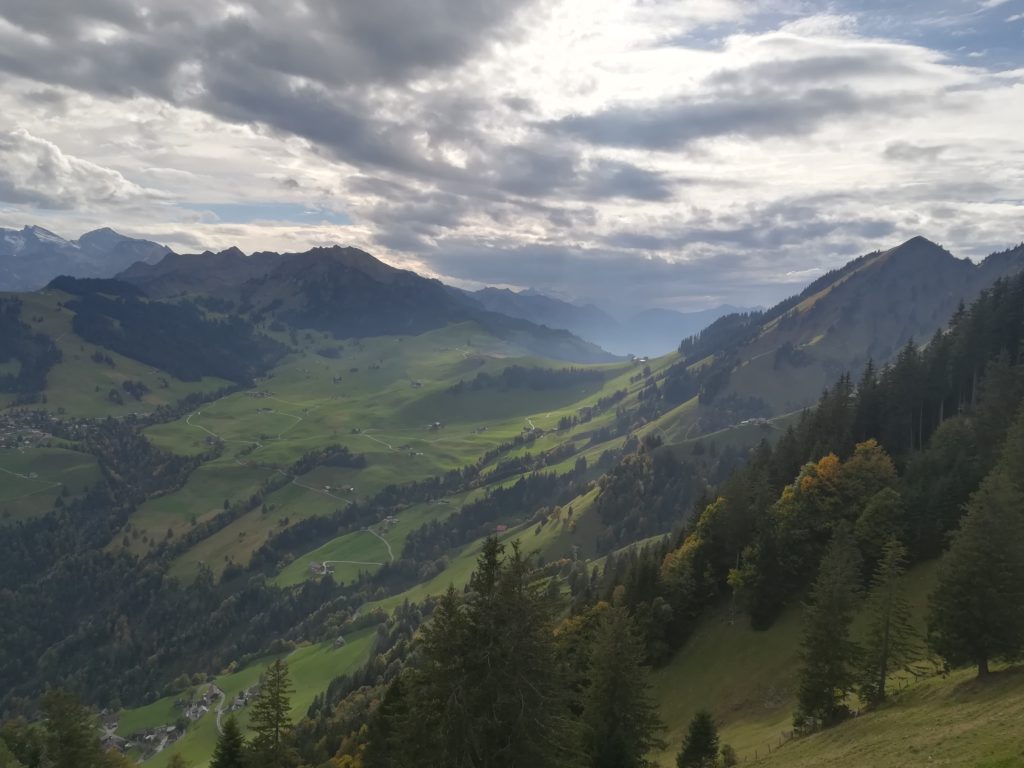
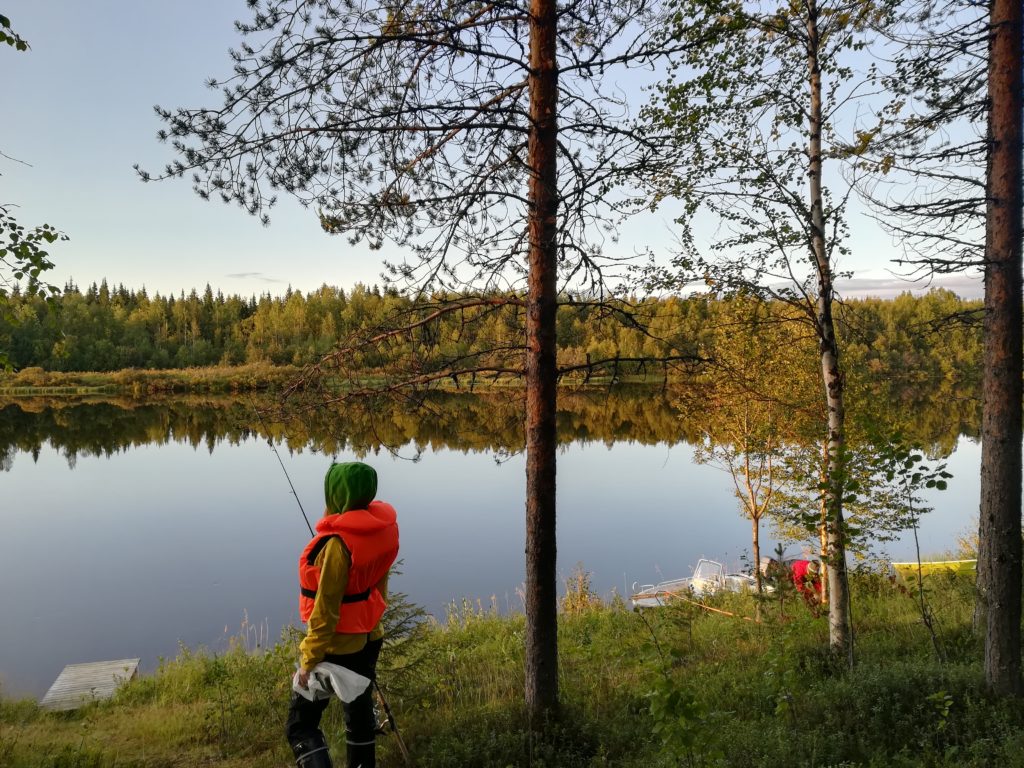

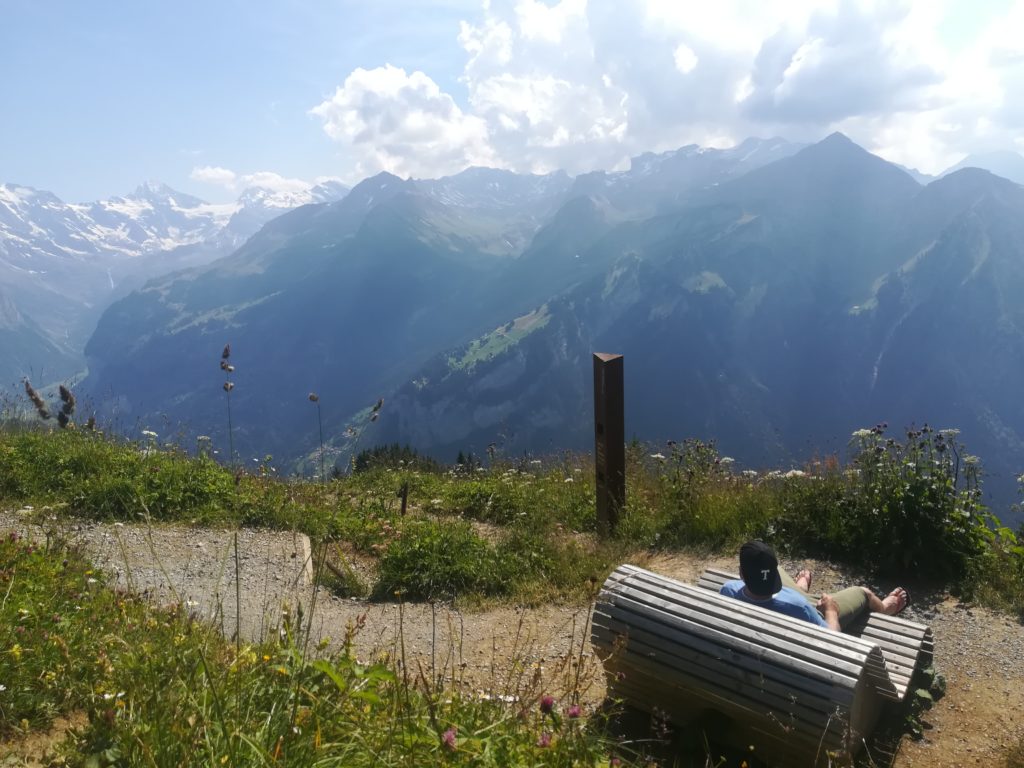

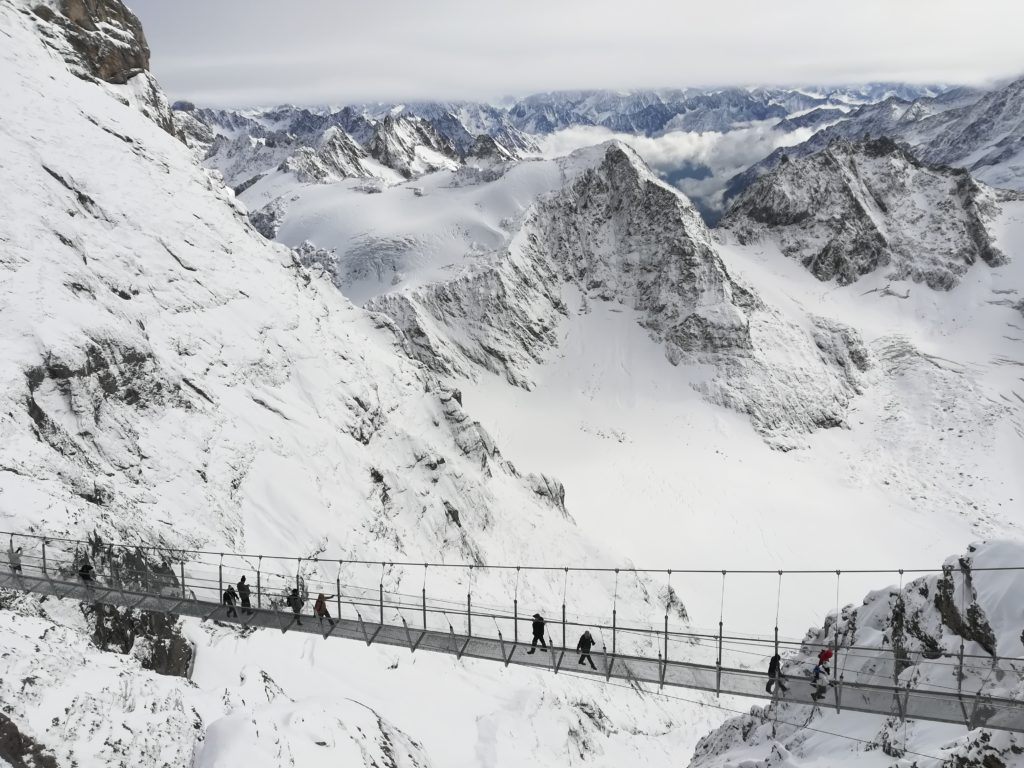

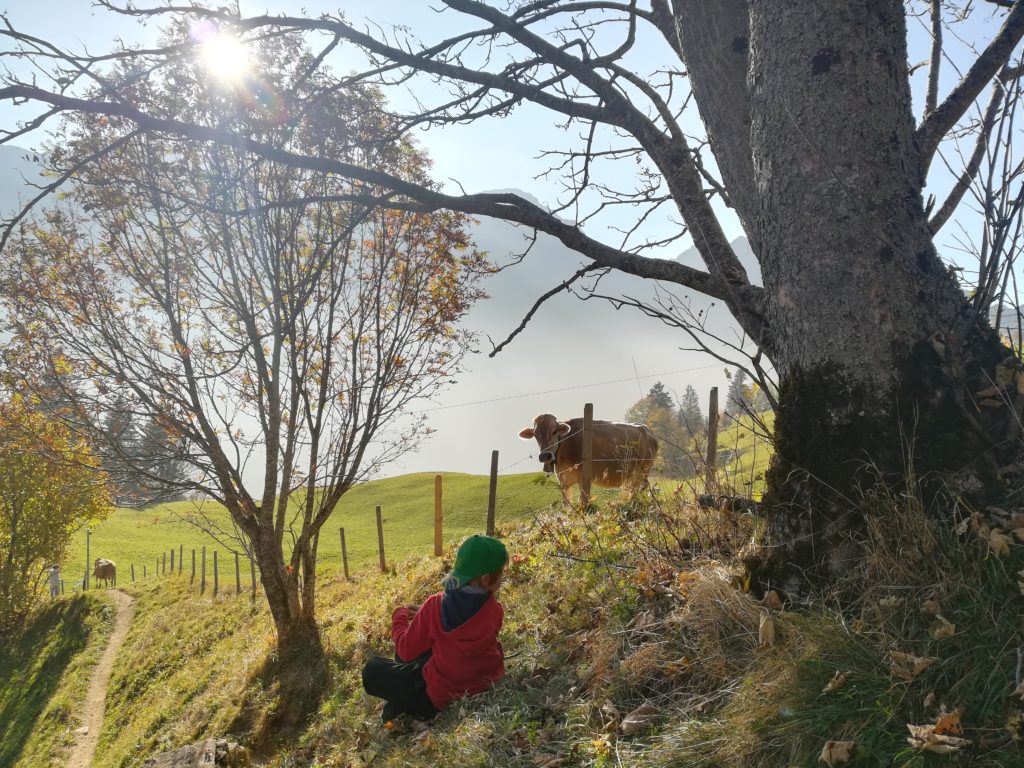
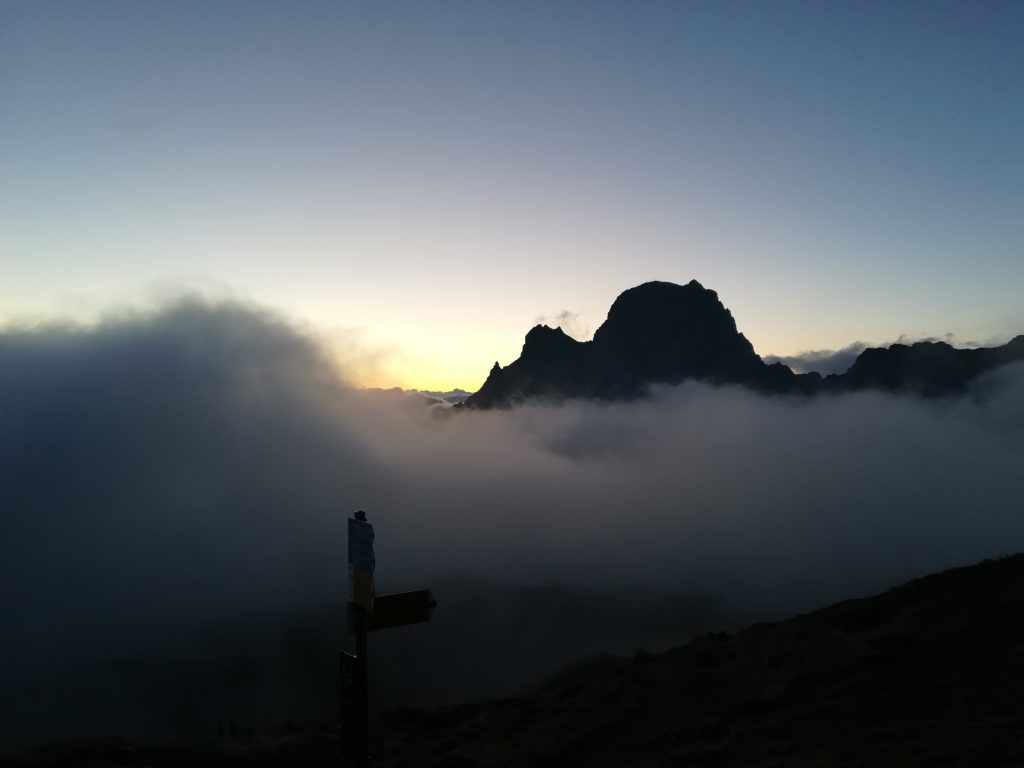

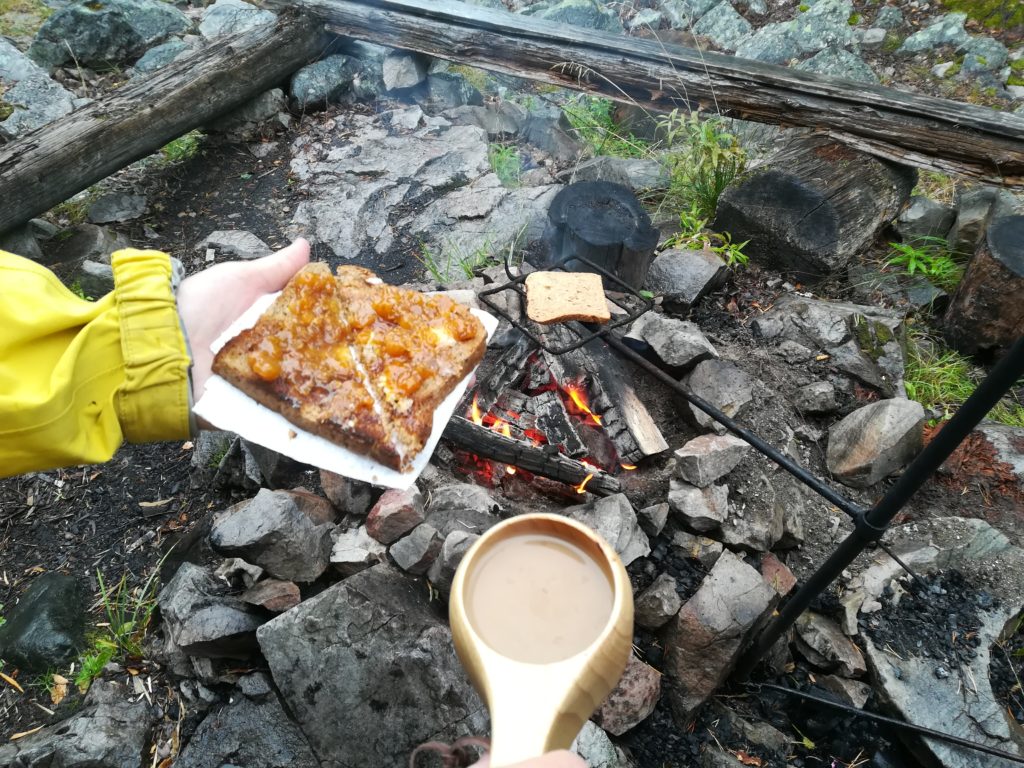
Most important step in this process is to get to know you. In other words, we define your travelers profile. What type of personality you are and what you want from the trip defines every choice we make as a partner.
For a successful, once-in-a-lifetime experience you wouldn’t buy something that is not designed for you, would you? It is comparable to buying a wedding dress; if you want it to be your dream dress, tailor needs your measurements, ideas and budget. You can also define your own traveler’s profile. Here are a few aspects you could think about before booking a trip.

LOCATION
First things first, where would you like to go? Is there a place in your mind that you’ve always wanted to visit? How much do you know about this location? Nowadays the Internet provides more information about the trip destination that you can hardly process. As a rule of thumb, we suggest you listen to the locals, their blogs, vlogs and local tourist associations. If their visions and message through different channels touches you, then you have a great chance that you will enjoy traveling to that location.

Reaching this location is another matter. Would you like to keep it simple and take a flight, or perhaps you want to be more aware of the ecosystem and take a train or bus. Perhaps this is a big question for you so that you prefer traveling nationally or close to your home country, rather than taking a long-distance ticket to other side of the World.
ACCOMMODATION
The world of accommodation has unfolded tremendously thanks to the Internet, again. Remote and unique places that you wouldn’t even be aware of have been arisen into awareness mostly due to social media. Are you a comfortable sleeper in a hotel’s white sheets, or would you like to take chances and try sleeping above the clouds, in an ice room or camp by the bonfire?

Airbnb is full of untypical and exotic choices, and why not to try and find a local home that would host you and even show you around? Remember that more unique experiences are not always more expensive, you only need to spend some time to find these gems from the typical mass of offering.
ACTIVITIES
It is very unlikely that the things that make you happy during your normal, everyday life would make you unhappy when you travel. Naturally, some want to try as many new experiences as possible despite a very full schedule for the trip. However, the more comfortable you feel during your trip, the less likely it is that something leaves you unsatisfied afterwards.

In Switzerland and Finnish Lapland tourism revolves around typical sightseeing and a handful of chosen activities that are often offered for the masses. If you are willing to avoid these places, you need to dig a bit deeper beneath the brochure surface. Unique experiences are a bit more remote, offered by locals and what is even more, they leave you with an experience tailored only for you. Try Airbnb and TripAdvisor Experiences, for example, to find something that would suit you.
FOOD
It goes without saying that when you have chosen a destination, don’t be afraid to try local menus! Quick food chains are flat and general all around but with local delicacies, as we have written about Swiss and Finnish food. Your holiday should be about experiences and taste, so leave diets at home and give yourself a chance to enjoy.
If this all sounds a bit too much of a workload for you to figure out, we as Alpland are here to help you! As we said, this is what we are here for.
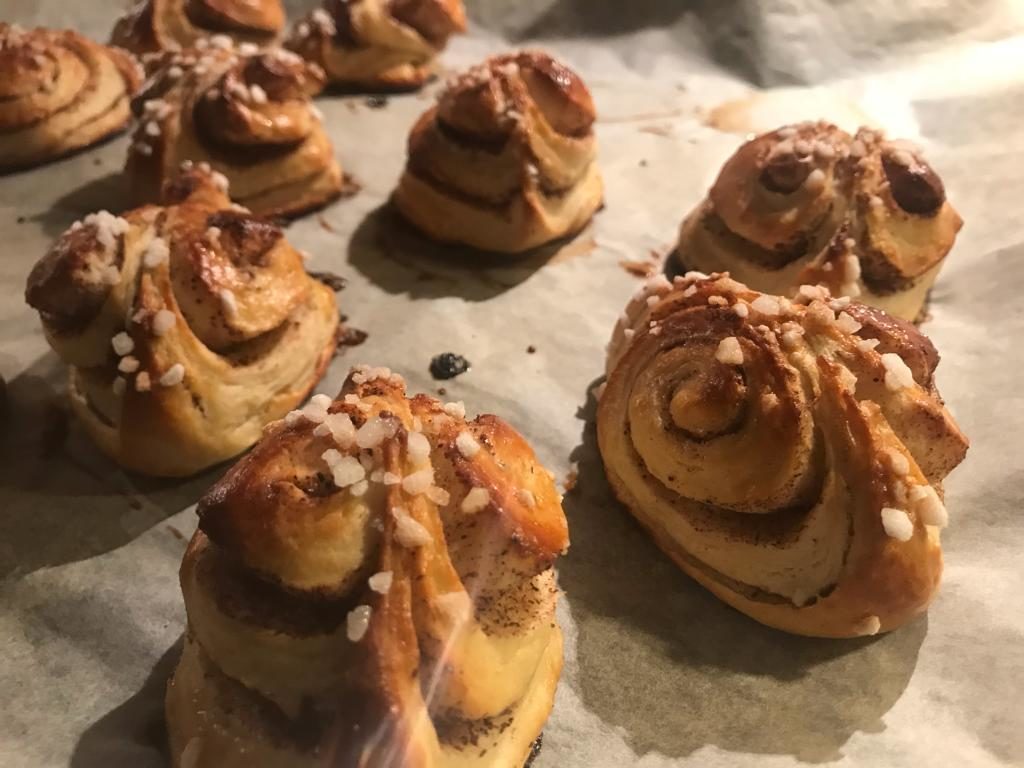
Finnish cinnamon buns, a tasty dessert enjoyed with coffee
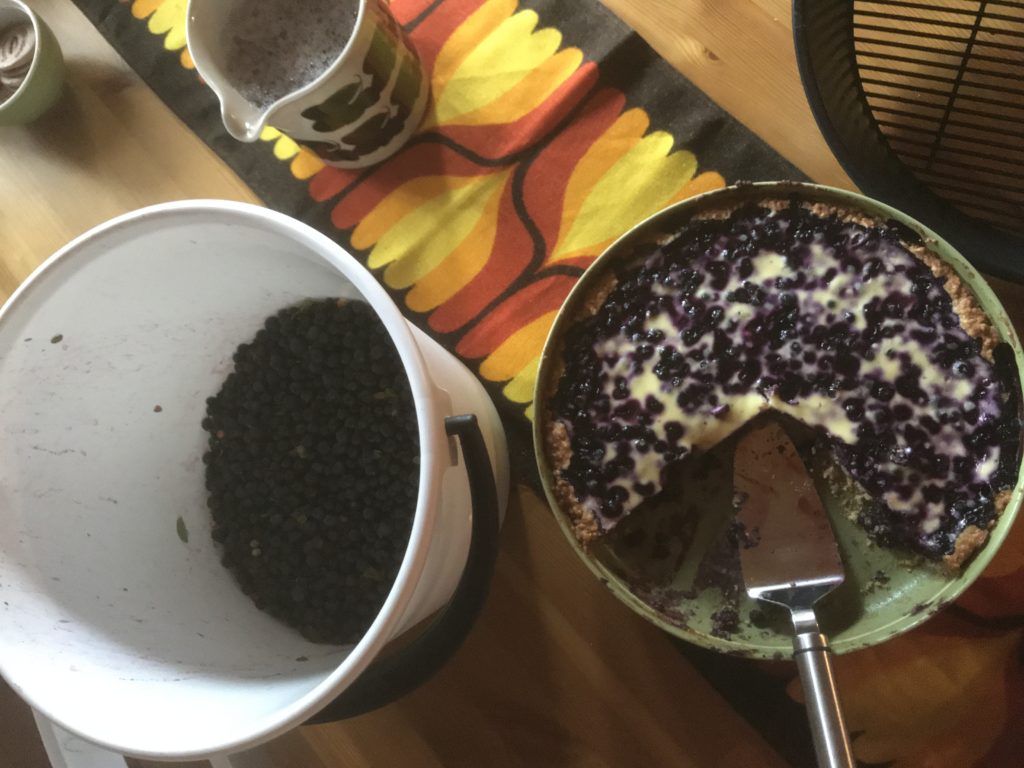
Blueberries picked, baked into a pie and juiced
Mainly the ingredients are plain, simple and those that have been available to people throughout centuries. Potato plays a big role in many dishes, as well as root vegetables in general, onion and butter. When you visit Lapland, here are a few interesting and tasty (more or less) well-known delicacies you should have on your plate.
Meat is and has always been a huge part of Finnish cuisine. If a household didn’t own farm animals for butchering and dairy produce, hunting was the choice for additional protein on a plate. No wonder meat stews – reindeer stew in Lapland – with potato smash are still plain favorites in restaurants and everyday tables. Elk, game birds and rabbits are still hunted in Finland, not for the glory but for ecological source of protein.

Traditional meat stew, served with mashed potatoes, lingonberries and pickled cucumber
Elk meat is definitely worth going for, if it is offered on a menu. Elk meat is typically divided between locals that belong to hunting clubs, so this game meat is not only a rarity but also a full-bodied meat that gives you a culinary experience over any other game meat.

Reindeer meat dried outside during March
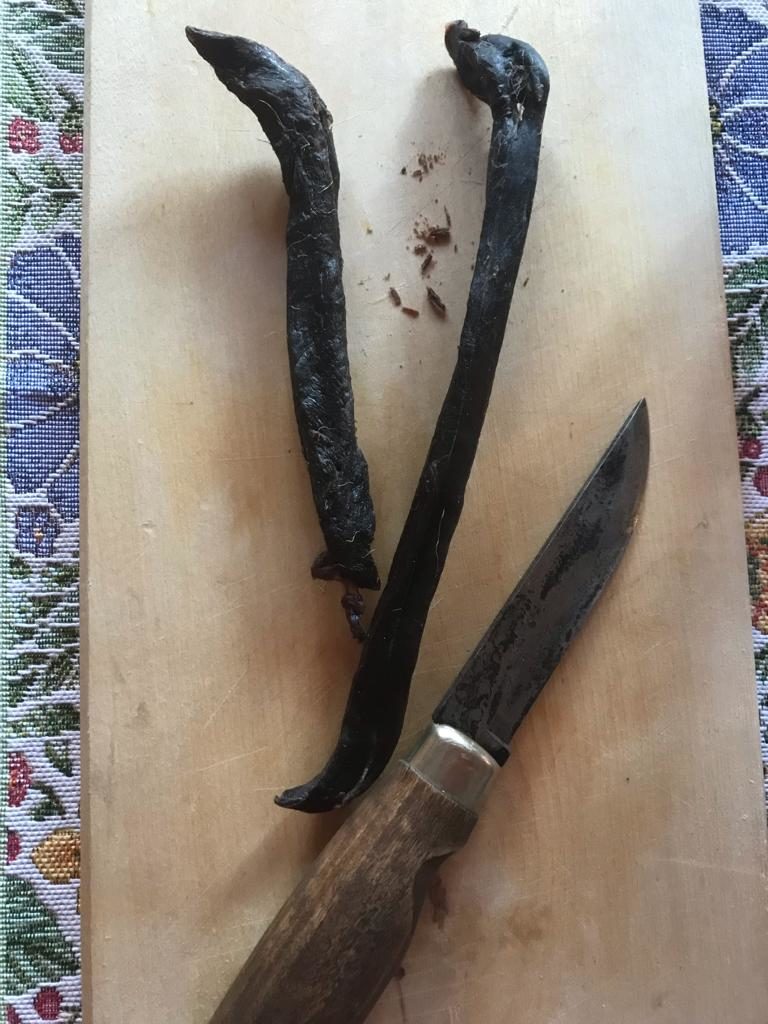
Finland, as the country of thousand lakes, seashore, rivers and streams has been utilizing fishing in excellent ways. Fresh fish (pike or perch) smoked with fresh spring potatoes during the summer is a tasty dinner to anyone. Winter’s ice fishing with a “pilkki” rod or nets gives a fresh catch for anyone daring to confront icy conditions and cold weather. On the other hand, an excellent outdoor activity and protein for a day, why not! You should try any white-fleshed Finnish fish cold-salted. That’s a delicacy hard to compare to any other fish dish.

Fresh perch from the river and spring potatoes topped with butter

Cold-salted grayling on bread
Lappish people go crazy over berries, as we have written in our earlier blog post. Utilizing these gems of the nature into juices, jams, soups and even porridges has a huge benefit on national health: they are full of vitamins. One speciality you should go for is the Lappish pink lingonberry porridge, whipped to be light as air, enjoyed with topped milk and sugar. As weird as it sounds, this lingonberry porridge can be enjoyed as a breakfast, lunch, dinner or even dessert! And what’s more, it is eaten when the porridge has cooled down.
Finnish rye bread is also one of a kind, when talking about bread in general. Rye is a tough grain that transfers into nutritious and dark bread full of fibre. Lappish bread is a flatbread, that has the simplest ingredients but doesn’t lack in taste. Made of barley flour, water, salt and yeast, this bread tastes the best (believe it or not) only with a slab of butter on top. Try warming it up upon fire to give it a real nice roasty addition.

Finnish cinnamon buns, a tasty dessert enjoyed with coffee
Desserts, how we all love them! Finnish and especially Lappish pastries are often offered with a cup of coffee after the meal, and they are baked in the same way as the main meals, with simple ingredients. Cinnamon bun might be most well-known. Lappish pastries, “kampanisu”, are also oh so simple but so tasty! Pies baked of berries are also very typical and vary throughout the whole land. Some oddities for foreigners might be the Easter time favorite, “mämmi”, enjoyed with cream and sugar. Overall, berries are heavily used for example in pastries, pies, toppings, custards or as they are.

Oven cheese, a legend amongst salty and old-school desserts, baked of colostrum
Overall, Finnish and Lappish cuisine is not so flat and non-existential as the Finns might claim. There has been excellent development in Finnish and Lappish restaurants for the appreciation of traditional meals but also lifting them into new, modern and exciting level. Still, some of the most interesting and tastiest food you can only find from a local’s table. Would you like to come and try?
]]>
When you buy flying, ferry or train tickets to travel aboard, you want to go and experience the local culture. You wouldn’t go to Switzerland to eat cheese that is produced in Spain. You wouldn’t travel to Lapland to experience Russian heritage.
Traveling itself is one of the biggest topics in sustainability debates nowadays. Some people say that the best way to travel for a holiday would be to stay in your homeland. However, if you want to experience the World outside our home, traveling with a local attitude serves for the environment, your wallet and the unforgettable memory pool you will collect.

Here are a few tips from Alpland for traveling global, experiencing local.
Activities
Who would know better what to do in a culture that is unknown to you than the locals? In Switzerland, families and friends spend time together in a slow-paced manner. An easy hike down from a gondola station, followed by a dinner in the village restaurant with local produce is a great choice for one day.

In Lapland, enjoying outdoors and nature plays a huge role in Finnish everyday life. A fishing trip with a bonfire lunch (if you want to be very Finnish, choose sausages to eat) and a warm sauna in the evening crowns the day.
Accommodation
Do not choose the typical options, global or not even the biggest national hotel chains. Have a look to Booking.com or AirBnB and read carefully what other travelers have thought about the keeper. Does this accommodation place also offer some activities or services, you would like to enjoy? For example, additional town tour, typical local dinner cooked for you or a sauna option would give you a bang for your buck.
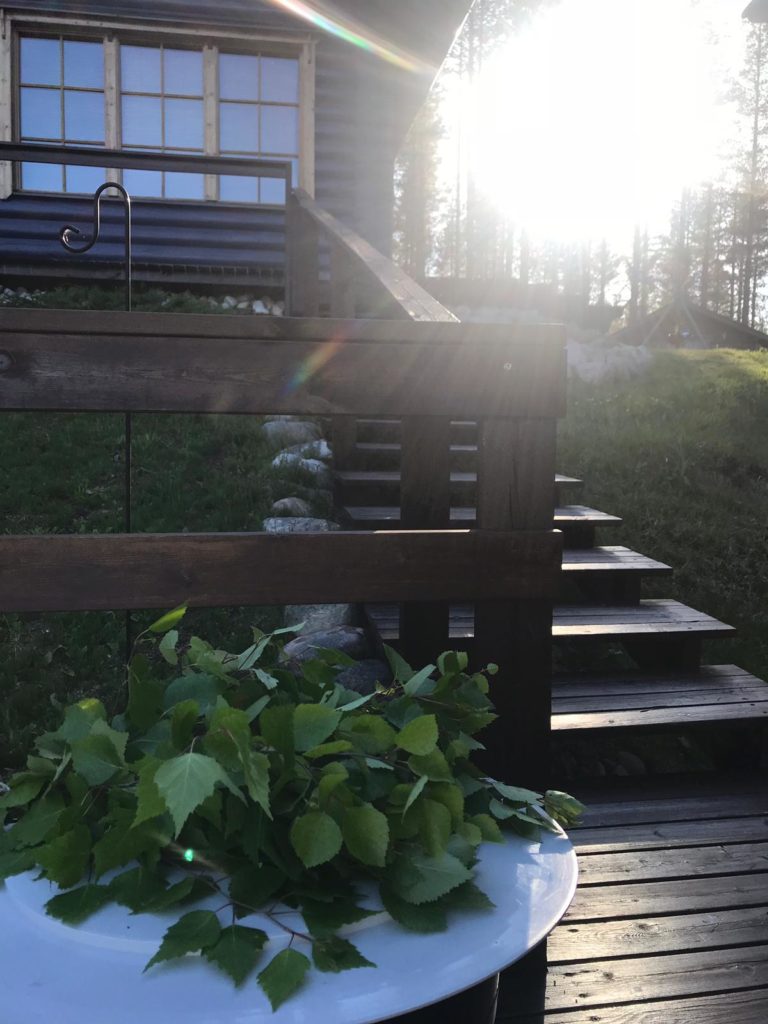
Transportation
Local transport should be in your mind when booking an accommodation. Think in advance what you would like to experience during your stay. If you want a remote place without any neighbours, a rental car is a necessity you should consider. On the other hand, some very cosy and personal places can be found nearby public transportation stations. In Switzerland, we highly recommend you use trains; precise, trustworthy and super easy option for moving around. In Lapland, ask about your accommodation host about the options, as the locals are the best source for transportation info that might vary during the seasons.
Souvenirs
It is always nice to bring back some small memories from the travels. Remember to check beforehand what the customs have to say about more interesting and untypical produce when traveling back to your home country. Don’t always favor the easiest way, the only souvenir shop available, but ask for a local, handmade products that are often for sale elsewhere. If you go for iconic souvenirs, check the producer and where the item is made. There is no sense to buy a souvenir that is produced on the other side of the World, if more local, more individual and unique options are available. From Lapland we recommend hand-made ‘kuksa’ wooden mugs and from Switzerland a piece of local Käserei’s cheese.

Food and drinks
Always ask for a local choice. Be open-minded and try new species if it is recommended by the chef or the day’s choice. Avoid international food chains, ethnic restaurants and fast food (if it is not some local speciality). Luckily supermarkets in Switzerland and Finland offer a wide selection of good, fairly priced and local products.
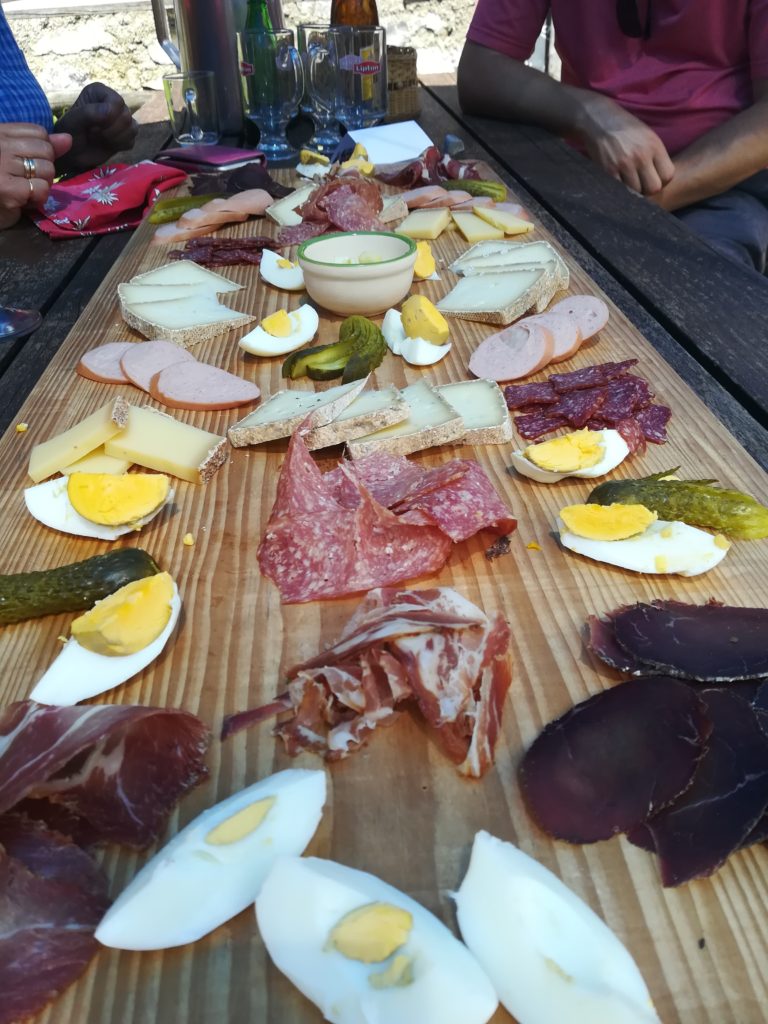
Switzerland has a beautiful selection of nationally produced wines, local fresh ingredients and naturally, excellent cheese. From Lapland you can find tasty pastries, berry produce, and an interesting selection of meat produce in several forms.
]]>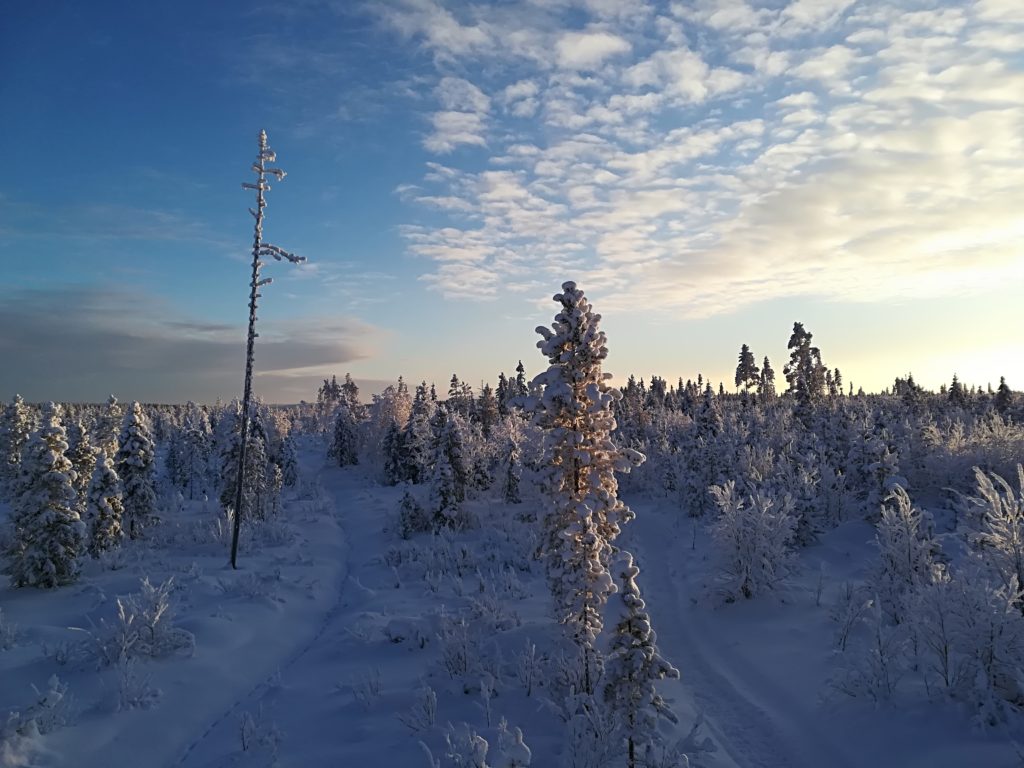
Being dependent on nature and roots in farming, foraging and living from the nature, weather has had a huge role in Finnish every day lives. Nowadays, weather is seen as a factor how the days and tasks of the day must be carried out, when to change winter tyres for the car, when to harvest potatoes from the field or what to wear when cycling to work in the morning.

Tourism in Lapland is especially dependent on weather. Main season still being winter, snow forecast is always in everybody’s mind in the beginning of the season. However important the topic of daily weather is, climate plays a much bigger role in Lappish tourism nowadays.
Climate change has undoubtedly played a role in the modern tourism. There is a need to adjust to lack of snow or rainy days. Prolonging mid-seasons are forcing local entrepreneurs to think outside the box and offer travelers new options for accommodation and daily activities.

Climate change overall offers an interesting aspect for Lappish traveling. When overwhelming heat waves hit, forest fires rage and seasons seem to be restless, a calm and cool Nordic might be a better holiday destination than a sunny beach in South. Fresh air, mild temperatures and lush nature doesn’t need any more extra activities. You arrive, relax and charge your batteries in Lappish calmness.

Climate tourism has already been a noticed phenomenon worldwide. Not only being more sustainable, traveling during the untypical season offers travelers inexpensive experiences. Outside the main seasons, there are less other tourists, prices are lower and what is even more, nature offers is best.
Same thinking applies to the Swiss Alps. Being centred in Mid-Europe, Switzerland also suffers from climate discrepancies. In the same time, its unutilized mild Autumns and early, sunny Springs are a great way to enjoy Alpine life to the fullest.
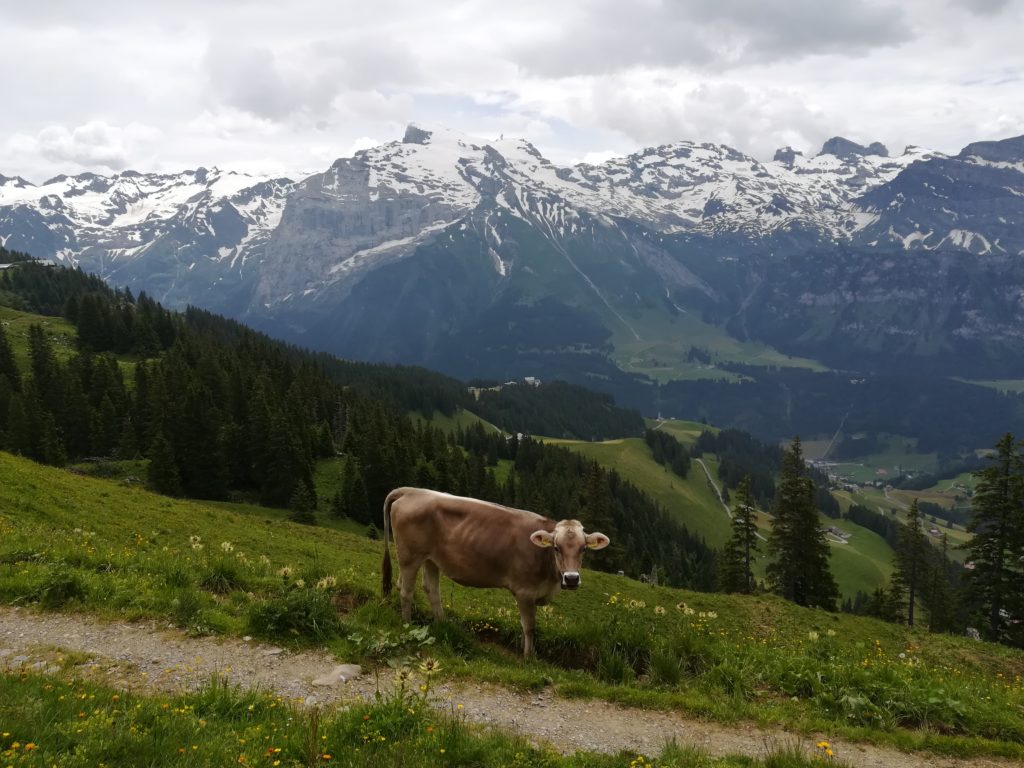
If you are unsure what is the best time to visit Finnish Lapland or the Swiss Alps, brace the unknown season and be in contact with us. We at Alpland are happy to help you choosing the most suitable time for your visit in these beautiful countries.
]]>